WINTER ISSUE 2023



4 Home Katina Kauffman
Tired of looking at those old, bare bricks? Give your firepla ce a fresh coat of paint literally.

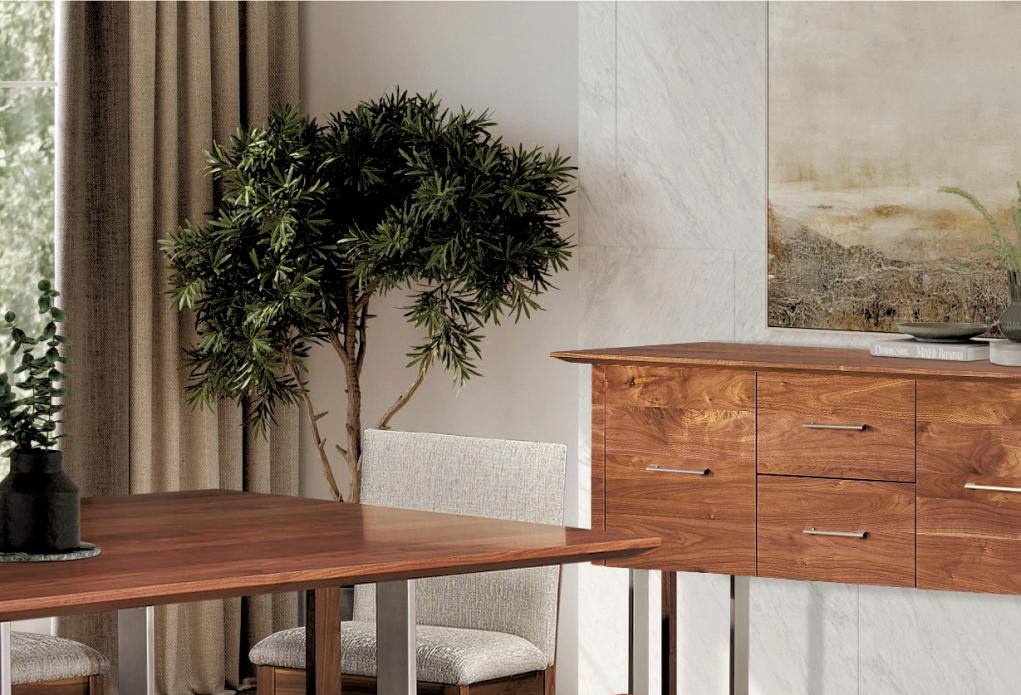

10 Wellness Sally Reynolds




We talked to two local herbalists to learn about supplementing your medical care with plant-based remedies.
16 Art Mary Ellen Wright
Members of the Lancaster County Woodcarvers have found a relaxing hobby that offers plenty of room for self-expression.


22 Drink Kevin Stairiker
What goes into making that pint of craft beer you just ordered? We spent a day at a local brewer y to find out.
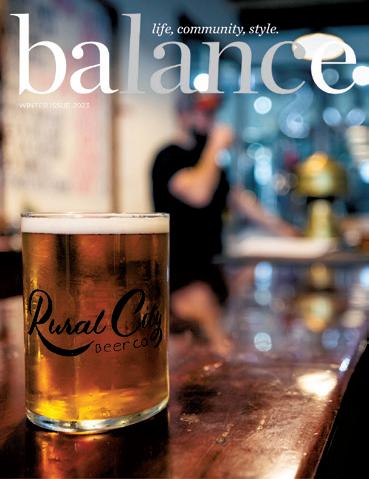
28 Food Mary Ellen Wright
Lancaster County has a diverse food scene, not just in restaurants but also in international groceries.
Thank you so much for reading our winter issue! I always love to hear your feedback and ideas, feel free to email me at lmccallum@lnpnews.com.
Published by
President: Caroline Muraro
Editor-in-Chief: Lindsey McCallum
Art Direction: Andrew Albright
Content Editor: Jed Reinert
Design: Jenny Althouse, Krystal Hummer, Amy Rodriguez, Christine Vernon, Bailey Watro



Photography: Quinn Staley, Vinny Tennis
Writers: Margaret Gates, Katina Kauffman, Sally Reynolds, Kevin Stairiker, Mary Ellen Wright

Advertising Director: Chris Stahl
Production: Angela Faust, Erica Feltenberger
Subscriptions to LNP|LancasterOnline: Call 717.291.8611
Advertise: Contact advertising@lnpnews.com or call 717.291.8800

P.O. Box 1328, Lancaster, PA 17608-1328
Copyright © 2023 LNP Media Group Inc. All Rights Reserved.


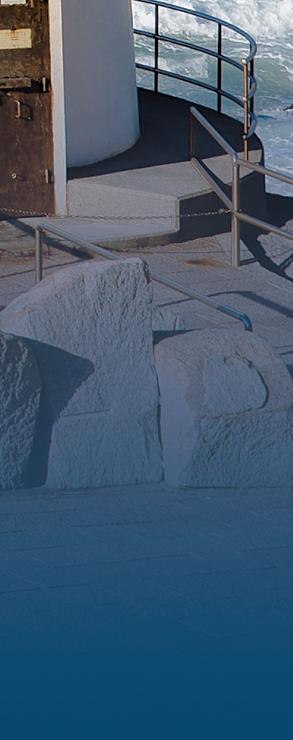

After months of debate, Congress finally passed some major changes to retirement laws at the end of 2022. The changes are numerous, complex and will roll out over several years.
As an extension of the law passed at the end of 2019, this law change is known as The Setting Every Community Up for Retirement Enhancement (SECURE) Act 2.0.
Let’s focus for now on some changes for 2023:
1.The age at which required minimum distributions (RMDs) begin increases to 73 in 2023. This change impacts folks born between 1951 and 1959. In 2024, the age will be 74, capping at age 75 in 2025.
2.The penalty for missing all or part of an RMD decreases from 50% to 25% in 2023. However, if you correct the past-due RMD and pay taxes on it within two years, the penalty drops to 10%.
3.Qualified charitable distributions have a few more options Starting in 2023, those age 70 1/2 or older can gift a one-time amount of $50,000 (adjusted for annual inflation) to a charitable remainder unitrust (CRUT), charitable remainder annuity trust (CRAT) or charitable gift annuity (CGA).

4.Employers can now offer workers the option of receiving vested matching contributions directly to their Roth account, where they’ll grow tax-free.
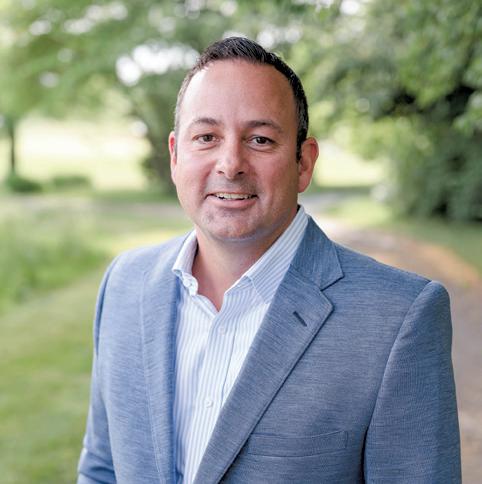
Also, Roth contributions to SIMPLE and SEP IRAs are authorized in 2023


5.Starting in 2023, victims of disasters and those who are terminally ill can access their retirement accounts early without incurring a 10% penalty





Bottom line: There’s A LOT to unpack in the new laws Many new rules, including changes to catch-up contributions and 529 plans, will roll out in 2024 and 2025.
Congress might enact new laws, but we often have to wait for the IRS and other agencies to catch up before we can fully make use of them. Talk to your financial adviser and /or CPA on how these changes may impact you.
Sources: fidelity.com, kiplinger.com, tdameritrade.com, fidelitycharitable.org, jdsupra.com.








Risk Disclosure: Investing involves risk including the potential loss of principal. No investment strategy can guarantee a profit or protect against loss in periods of declining values Past performance does not guarantee future results



When my husband and I first toured our current home, the fireplace was one of the features that we loved most because it was something we lacked in our previous home. Although the dark red stone and mismatched hearth wasn’t exactly our style, we still could envision its potential, and we immediately agreed it would be something we’d paint when the time was right. As the years went on, we worked on other more urgent projects and the fireplace remained untouched. The longer we lived with it, the more difficult it was to imagine our space looking any other way; and the finality of applying paint over natural stone now felt more intimidating than exciting.


It only took three years for this doubt to creep in, and we nearly allowed it to stop us from beginning one of my most transformative DIY home projects to date
Do I have you pondering the potential of how a fireplace makeover could instantly update your own space? If so, here is a step-by-step guide that walks you through our entire process from start to finish I hope that our experience helps you create a look that you love for years to come.
Don’t feel discouraged if you’re finding this initial step to be exceptionally difficult. It’s harder than it sounds! Did it take us approximately six months to finally decide on a “boring ” white? Yes,

it most certainly did.
One factor that made choosing a color so difficult is that painting stone is much more final than painting a wall. Once you begin, there is almost no going back to the original stone façade, at least not without adding more time, money and mess to the equation. If you’re stuck in deliberation over color, here are a few considerations that helped us land on the right paint color for our home.

Does your space get a lot of natural light or is it mostly in the dark? If it’s dark, you may want to avoid painting your fireplace black or charcoal… unless you’re going for vampire chic. If you get
a ton of natural light, lucky you! Your space can likely pull off light or dark paint colors.
In our space, we have a full wall of windows, but our screened-in porch blocks most of the natural light from coming in. Since we wanted to brighten up our room, we determined that we would need to go with a light paint color
Do you want your fireplace to make a statement, or would you prefer that it blend seamlessly in with the rest of your room? If bold is what you’re after, a paint color that coordinates with one of your accent colors could turn your fireplace into a unique focal point. Would you prefer a color that complements your space instead of one that screams for attention? Look to your walls and trim for inspiration.
In our space, we wanted our fireplace color to blend in with the rest of our décor and balance out the bold colors in our existing furniture.
After assessing our room’s natural light and considering our style goals, we decided to paint our fireplace the color that we also planned to use on our wall trim: White Moderne by Behr (PPU24-14), satin sheen.
Clear your space of knick-knacks and accessories that could get in the way. If you have a removable mantel, now is the time to take it off so that you can easily prep and paint your stone, without the worry of it being damaged by stray drips. Plus, removing your mantel will give you the opportunity to evaluate whether you like your fireplace even better without it (we did!).
Grab your cleaning brush, protective eyewear, and mask it’s time to start the dirty work! In this step, your goal is to remove all the loose dust and debris from the surface of your fireplace stone. You’ll want to tailor your approach based on the condition of your stone.
• If the surface of your fireplace is brittle and looks like it might crumble under pressure, skip the metal brush and opt for something gentler like a soft plastic bristle brush. Even a vacuum attachment could work.
• If your fireplace stone is hard and appears to be held firmly in place, you can opt for a stiff metal or plastic bristle brush. Begin at the top of your fireplace and work your way down. When you’re finished, grab a vacuum with an arm attachment and run it over the stone to suck up loose dust and debris that you may have stirred up while you brushed the surface. This prep work is essential for a good paint seal and prevents your paint from flaking off later.
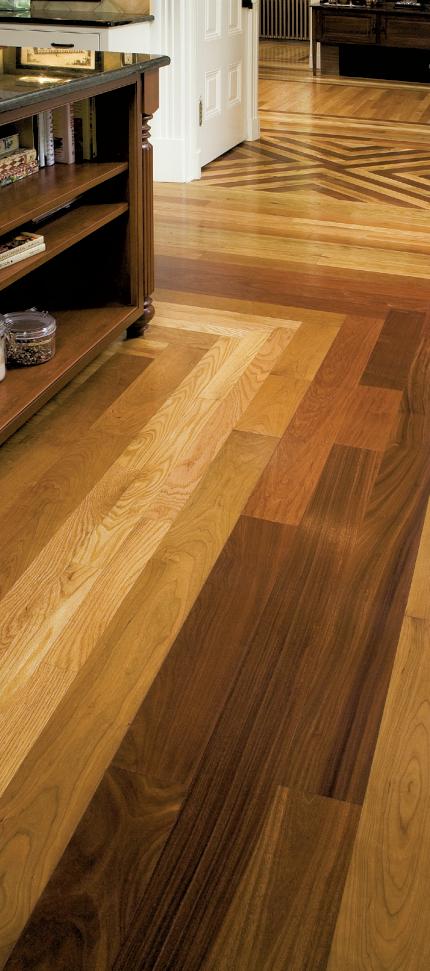
Just the idea of accidentally splashing TSP solution all over our wood floors made me want to back down from this project, but once I prepped my space and got started, it wasn’t nearly as bad as I had imagined. TSP (Trisodium Phosphate) is a cleaning solution that helps remove deposits such as soot, smoke, grease and grime from your stone so that your surface is as clean as possible for painting.
Before you begin cleaning with the TSP solution, you’ll want to cover the floor area surrounding your fireplace with a plastic drop cloth. Use painter’s tape to keep the plastic in place. Then, grab your old towels and lay them against the area where your fireplace meets your floor These towels will catch the excess TSP solution that trickles down the stone as you clean.
Next, follow the instructions on your TSP bottle to create the correct ratio of TSP to water and mix these two ingredients together in your bucket Once you finish making your solution, put on your gloves and protective eye wear Now, you can begin scrubbing your stone fireplace, working from the top down. You do not need to rinse your fireplace off after using TSP. Just give your stone time to dry before moving on to the next step
Finally, it’s time to paint! If your fireplace stone is uneven and porous like mine, you’ll want to grab a few chip brushes instead of a roller so that you can get your paint into all those tiny little crevices that a roller can’t reach. Don’t stress about making smooth and graceful brush strokes; this job requires a great deal of poking and jabbing, which is exactly what chip brushes are designed to handle. For reference, I used four chip brushes on my fireplace.
For those of you who are painting over a flatter surface, like brick, this process should be much easier You will probably be able to cover most of your stone with a thick nap roller, 1/2” or greater. You should still have a chip brush on hand for edging and the occasional crevice.
Begin painting at the top and work your way down so that you can easily clean up paint drips as you go Once you have a first coat of paint on your entire fireplace, step back to assess how it looks. Scan your work for missed spots and decide whether you need a second coat of paint to achieve the look you want When I painted our fireplace, I got away with only one coat of paint because I was careful to apply a thick coat during my first application.
End result? Painting our fireplace dramatically brightened the room. The old stone wasn’t bad, but the painted stone feels much more modern and polished and is easier to coordinate with our furnishings. If you have an old stone fireplace don’t hesitate to paint it it’s a project with relatively low effort and a big payoff.
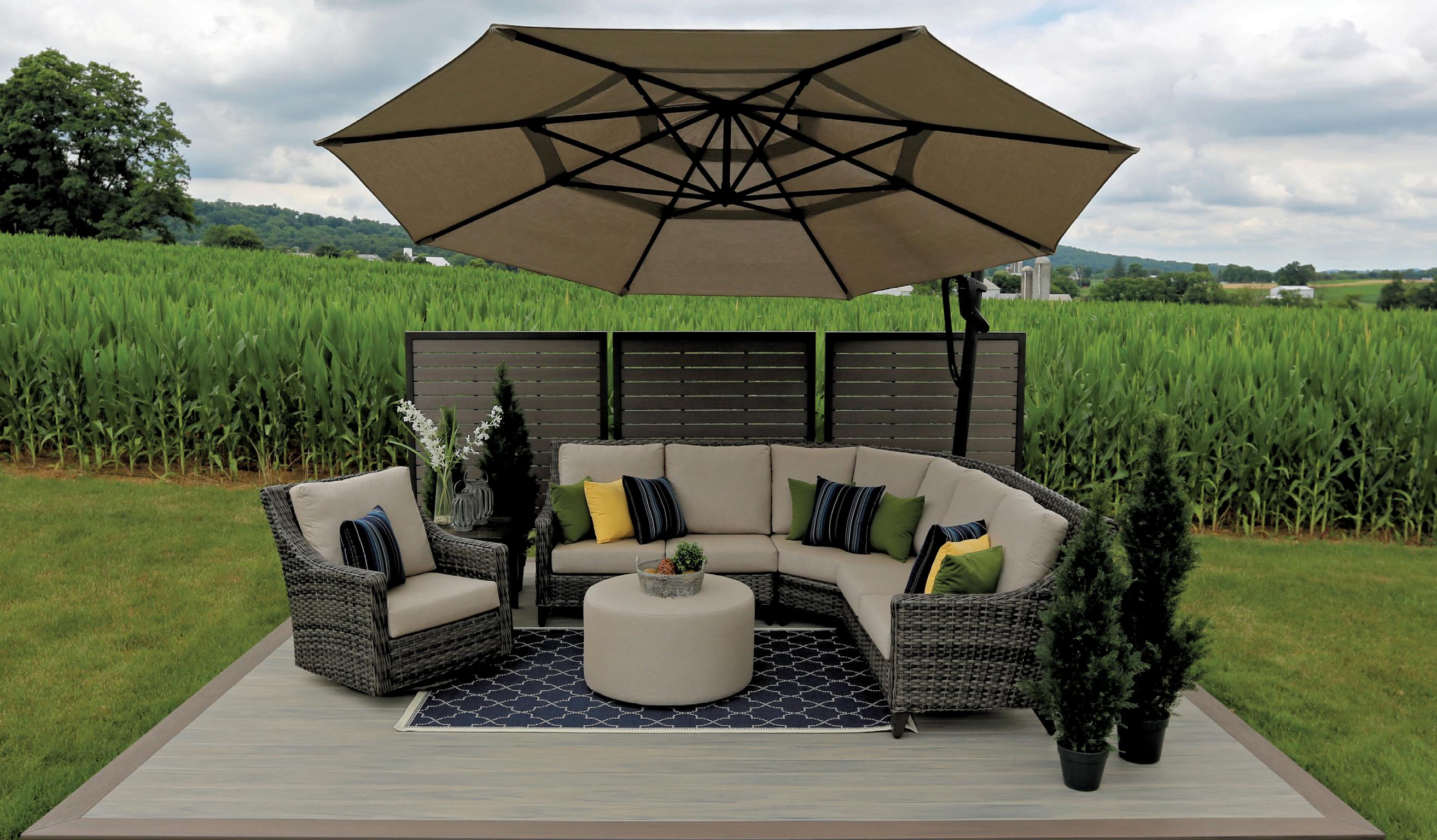
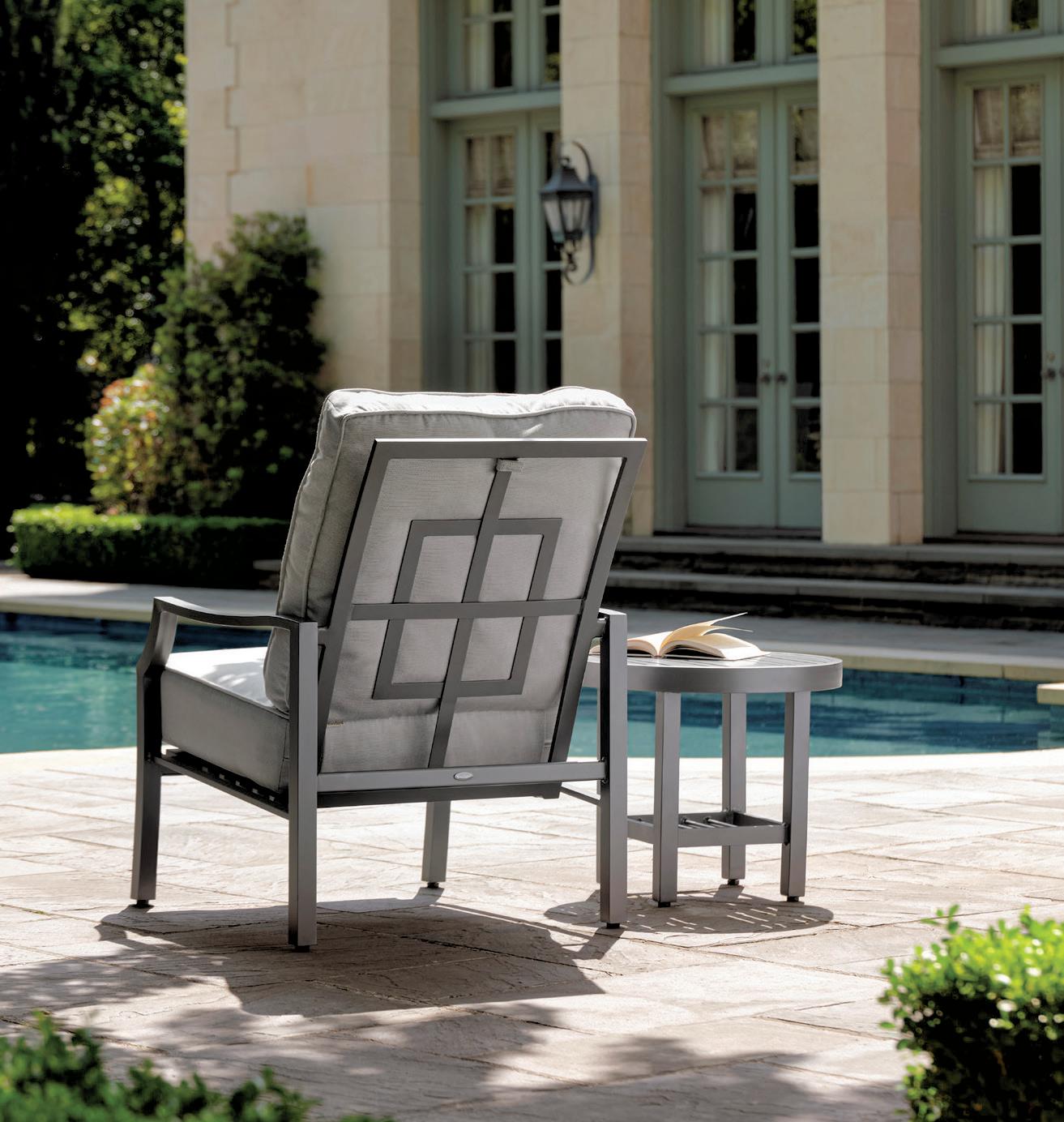





These unique, handmade mobiles add tranquility and style to any space within your home. Only available at Festoon.


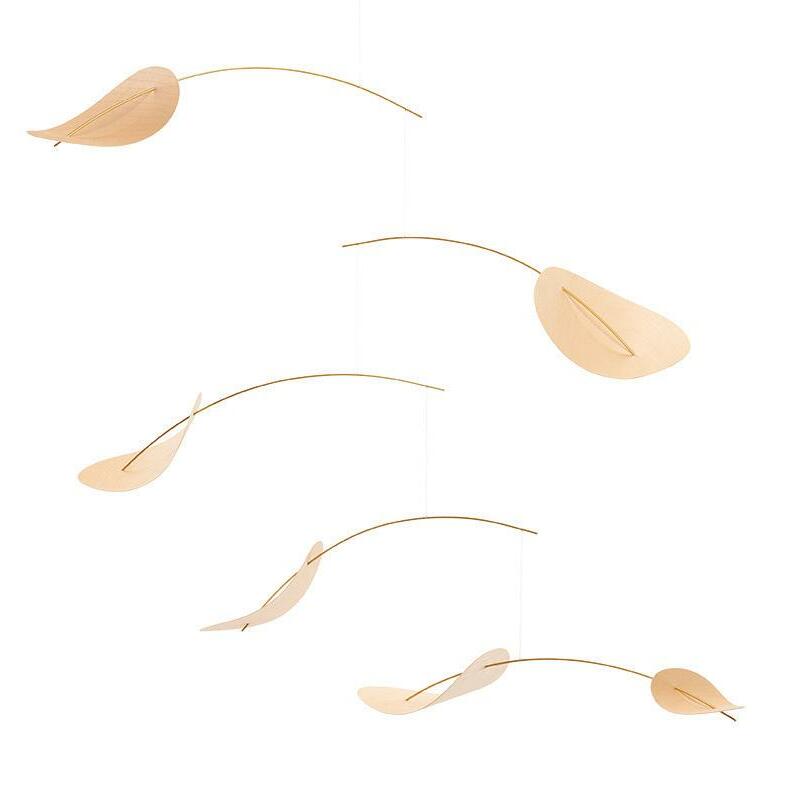
for ethical and su stainable fashion, accessories, home décor, and locally made goods.

Quality materials and skilled workmanship are essential for a successful home project, but contractors Phil and Jim Krout say there’s something else that’s just as important:
“Find somebody that you trust and just go from there,” Jim says “Once you trust the contractor, that’s the basis of everything. The biggest thing is you’ve got to feel comfortable with the contractor.”
The Krout brothers are owners of Lancaster-based KB Custom Building, a full-service design-build construction company serving Pennsylvania, Maryland, New Jersey and Delaware
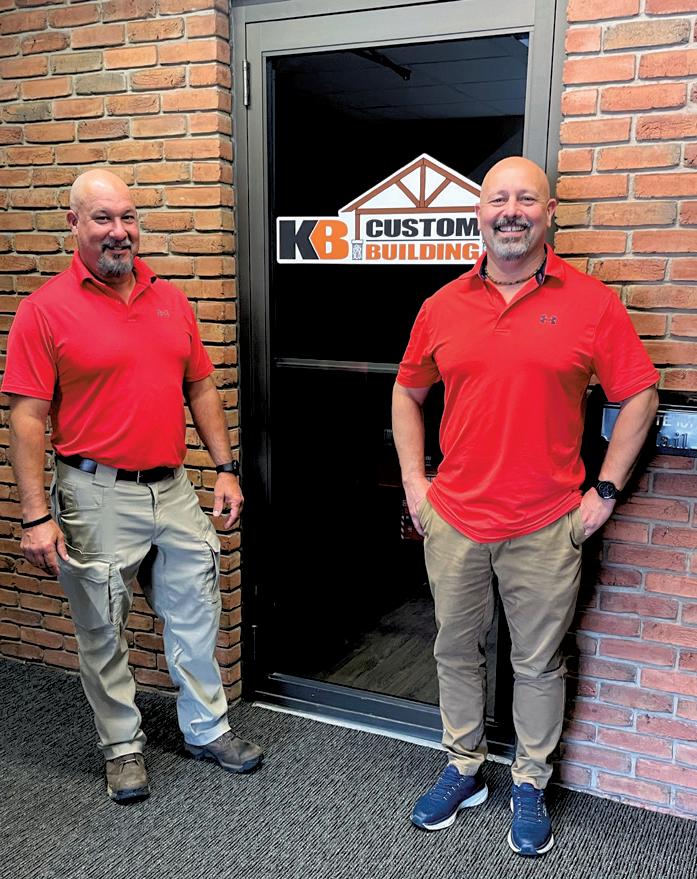
Between them, the Krouts have over 60 years of experience, so they know what makes a project a success or a failure.
Embarking on a home improvement, a remodel or a complete custom build can be exciting and overwhelming.
“You think when you’re hiring a contractor, you’re just hiring them to do the work,” Phil says, “but there’s a lot of work on the homeowner ’s end.” KB Custom Building offers some advice to ensure the process goes smoothly
Having a clear idea of what you want to accomplish can help you find the right contractor It can also help the contractor accurately estimate the time and cost involved as well as guide you on the best path to take. The internet is a helpful tool for finding concrete examples of the vision in your head. Search websites for photos of the features you like, such as cabinetry, trim and door handles, and share them with your contractor
“If your best friend down the road used this guy and you don’t want to talk to anybody else, then go with that guy,” Jim says
Otherwise, set a limit for the number of contractors you will consider Before speaking with them in person, vet them online by exploring their websites and Facebook pages and reading customer reviews
“Don’t be too hasty with who you pick,” Phil says
Some contractors may tell you that material costs are rising or that you need to act quickly to get on their schedule While that may be true, if the pressure makes you uncomfortable, or if you get a bad vibe, move on.



Remember: When it comes to any home project, you’re the boss.
Agree to a contract in writing before the project begins. The contract should include details of materials and costs as well as a schedule that outlines when payments are due and what project milestones coincide with those payments. If a contractor looks to draw funds before the project meets the designated milestone, that should raise a red flag



 JIM KROUT
JIM KROUT
Make sure any unexpected work or design changes to the original plan are also in writing, along with any changes in cost



A contractor should communicate constantly, from the beginning of the project until its completion. They should give you a step-by-step explanation of the process and a detailed timeline of when you can expect each stage of the project to be completed. For remodels, they should also have a conversation in advance about any inconveniences the project may cause in your daily life.
To improve the lines of communication even further, KB Custom Building uses CoConstruct, a project management software that lets clients track


In addition to doing a walk-through before the final payment, make sure you get any warranties in writing and understand what contact you will have with the contractor in the future. For example, will there be another walk-through in a year to check on cracks in the drywall?

KB Custom Building does custom homes and additions, kitchens, bathrooms, patios, decks, exteriors, concrete, asphalt, flooring, hardscaping, water damage restoration, demolition and removal, and more for both residential and commercial clients.
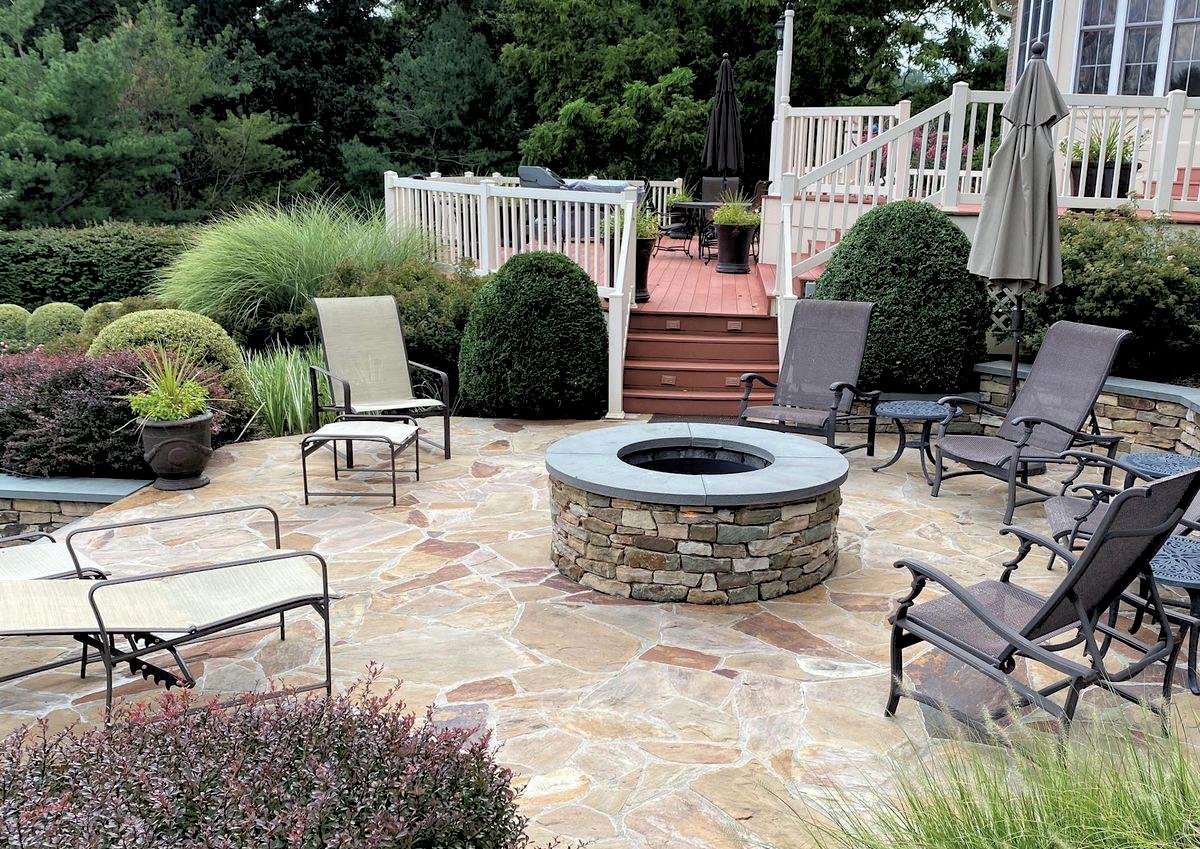


No matter the project, its success comes down to trust.
Phil and Jim and their in-house team put the same care and superior everything they e remodeling an x or building a home guys, no matter that’s going to be home.” visit com.
You have a chronic health condition that hasn’t responded to conventional medicine.
You value that herbalists do not test their products on animals.

You care that the plants used by herbalists have not been in contact with pesticides or chemical fertilizers.
You appreciate the value of working with the whole plant and the whole person.
You are ready to do more than address symptoms and instead want to make lifestyle changes.
You want to support Lancaster County’s thriving small business community by thinking local and shopping local.
Holistic wellness advocates discuss the value of adding herbal remedies to your healthcare regimen
 BY SALLY REYNOLDS | ILLUSTRATION BY BAILEY W ATRO
BY SALLY REYNOLDS | ILLUSTRATION BY BAILEY W ATRO



Americans are plagued by chronic health issues, many of which are difficult to resolve.
These issues can include diabetes, hypertension, respiratory ailments, arthritis, weight management, sleeplessness, anxiety, depression, and more. According to a 2018 study in the International Journal of Environmental Research and Public Health, almost half of all Americans suffer from chronic diseases. And chronic health issues are expensive. Spending on chronic conditions accounts for almost 75 percent of annual healthcare spending, which amounts to about $5,300 per person.
As the American population ages, this trend is only likely to increase.
And yet, medical treatment of chronic conditions is not always effective - and sometimes it comes with unwanted side effects For this reason, about 20 percent of Americans turn to alternative medicines, according to a 2017 Pew Research study These therapies include acupuncture, chiropractic treatment, energy therapies and herbal remedies
Given that Lancaster is a longstanding agricultural powerhouse, it’s not surprising to find two local women who have taken separate paths to learning how to use herbal remedies to help people achieve better health.
Theresa Canosa, of Tulsi Rose Botanicals, and Christi Albert, of Ellister ’s Elixirs, didn’t start out to become herbalists They started with traditional schooling and careers that just didn’t feel like the right fit.



After graduating from the University of Virginia with a business degree, Canosa worked a high-pressure job as a corporate
retail buyer for Macy ’s in New York City. Eventually, the stress began to take a toll and Canosa felt like she was burning out Chronic pain and lasting fatigue became her new normal.
“I started the route of going to different doctors and sharing my symptoms,” she says, “and they did tests and said, ‘Everything ’s normal, you look fine.’ But I didn’t really feel fine.”

Albert attended Penn State as a premed student but felt a disconnect between her studies and her orientation toward health. At the suggestion of her advisor, she switched her major to biobehavioral health, “which basically encompasses how our behavior and our lifestyle affects our health”, Albert says
Both women were searching for a more holistic approach to wellness.

After Penn State, Albert set out to learn the craft of herbalism.
“Herbalism is really just using what the earth provides us naturally,” she says. “So whether that is a flower, a leaf, a bark, a root, a mushroom, or cannabis, they are all plants with healing properties.”
Albert studied in South America, Central America and eventually India, where she graduated from the AyurYoga Eco Ashram with an Ayurvedic certification. Albert also took nursing classes and a doula course in Philadelphia.
These diverse choices in continuing her education were driven by Albert’s interest in the chronic health conditions that afflict many people in contemporary society and that modern medicine hasn’t been entirely successful in treating. Albert says afflictions such as obesity, high blood pressure and diabetes can be addressed from a more natural, holistic, lifestyle-based approach.
Canosa’s journey to herbalism started in a different way.

“I started getting into energetics, like Reiki,” she says, “and I started working with flower essences and that was really helping me deal with the anxiety from being in a stressful work setting. When I saw that it was actually effective, I thought, ‘Whoa, what else is there for me to explore? ’”
A move to Colorado opened a new door when she found the Colorado School of Clinical Herbalism. Canosa enrolled in their rigorous two-year program (more than 1,400 hours) and graduated as a Certified Clinical Herbalist, Nutritionist and Flower Essence Practitioner
As a local herbalist, Albert emphasizes that the patient has to actively participate to achieve better health.
“Herbalism is not something where you take a pill once a day,” she says. “It’s more all-encompassing. You learn to create change over time.”
Albert frames the role of plant-based remedies as “supportive” to health and well-being. Herbs will not cure cancer, she says, but during chemotherapy, an herbal
REG IONA L PUBLI C
GA RDEN S OF HEAL TH -

SUPP ORTI NG PLA NTS
Bartram’s Garden in southwest Philadelphia, has a medicinal plant garden and offers an annual eight-month course on herbalism and gardening.
The Mütter Museum in downtown Philadelphia, is the home of the Benjamin Rush Medicinal Plant Garden. It’s a small but informative garden that conveys both historical and contemporary uses of medicinal herbs.
The National Herb Garden in Washington DC, claims to be the largest designed herb garden in the United States, featuring herbs that are used for medicine, food, fragrances, and coloring.
RE SOU RCES TO LEA RN
MO RE ABOUT PLAN TBASED WELL NESS
ELLISTER’S ELIXIRS

332 N Queen St, Lancaster
SUSQUEHANNA APOTHECARY
223B W Walnut St, Lancaster
HEMPFIELD APOTHETIQUE
100 W Walnut St, Lancaster
LEMON STREET MARKET
241 W Lemon St, Lancaster
TULSI ROSE BOTANICALS
Tulsirosebotanicals.com, Boulder, CO
tea can provide soothing relief for nausea

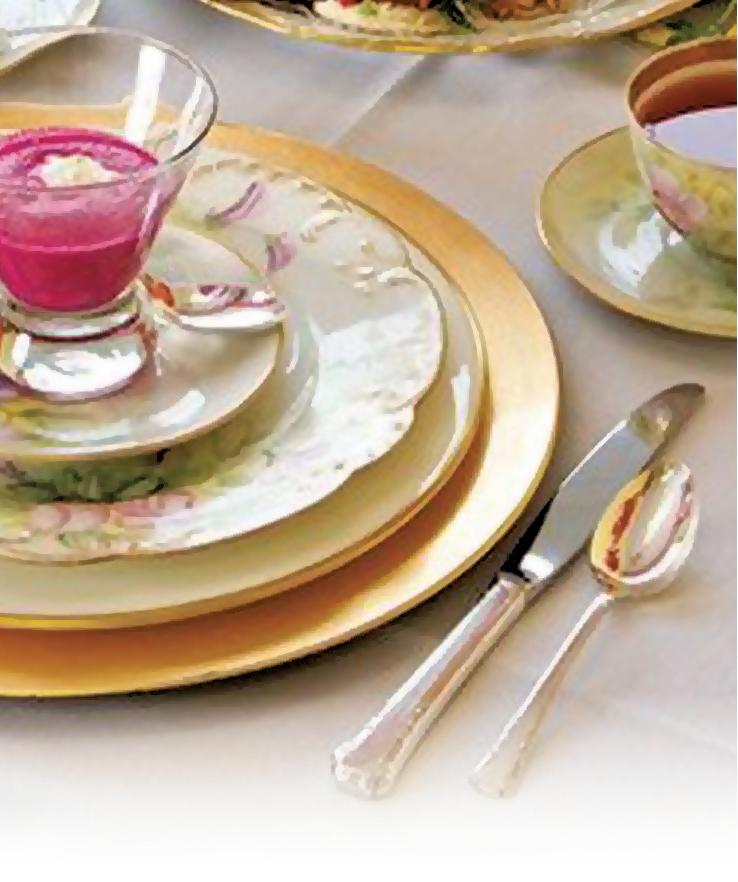
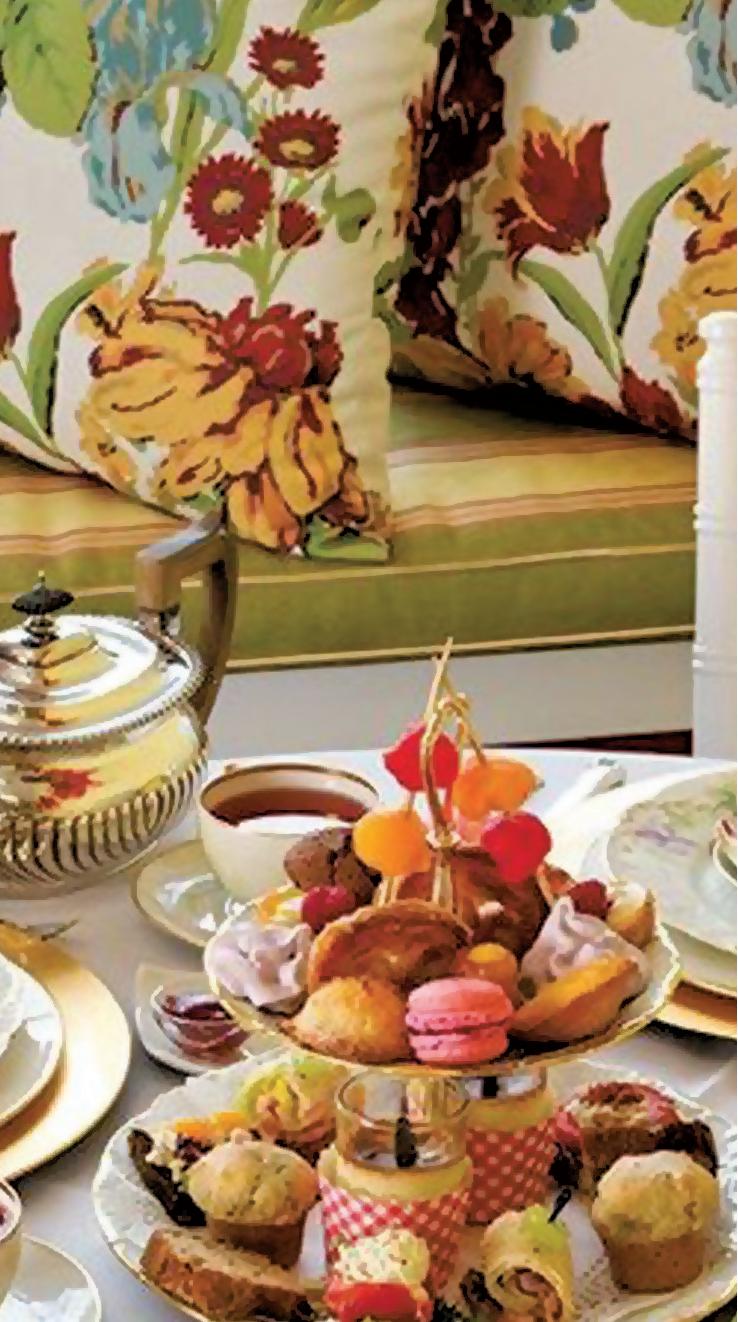
“I’ve worked with a lot of cancer patients,” she says, “and I can make a topical salve that helps them avoid burns from radiation treatment.” In this manner, herbalism can be a partner to modern medicine to ensure the best possible outcomes for the patient.
Canosa points out that any system of the body can be supported with herbs She particularly likes to use herbs to help with fatigue, sleeplessness, colds, flu, indigestion, anxiety and depression.





Albert and Canosa both caution that anyone trying herbal remedies should check with their doctor before adding anything new to their system. And herbs do not replace modern medicine for acute health crises
“If you’re having an emergency, go to the hospital,” Canosa says
She says herbalism works differently than conventional medicine.
“We’re not using herbs to fix a condition or problem,” she says “Herbalism is more about getting us back into balance so that our bodies can heal ourselves.

“A lot of medication is used to suppress symptoms But oftentimes, the symptoms are our body ’s way of communicating to us that something is out of balance. And so if you just keep taking medication time and time again to cover up that symptom, you may not be doing anything to correct the underlying cause of the symptom.”
This is where working with a skilled local herbalist may be worth trying for people with chronic health issues that have resisted conventional treatment. The partnership with your local herbalist, using the timeless wisdom of plants, may help you take more control of your health and well-being.
I have had the wonderful opportunity to work alongside a small group of people to start a nonprofit organization called Elizabethtown Area Communities That Care, (EACTC), 23 years ago. Since then, EACTC has blossomed and partnered with some incredible individuals and organizations to provide the science-based process and programs that make up our organization today. We follow the Communities That Care model in our community to identify and reduce risk factors that can lead to substance use and other adolescent problems. Our programs and initiatives help to build protective factors and good social emotional skills that will help strengthen our young people through the many challenges they face.



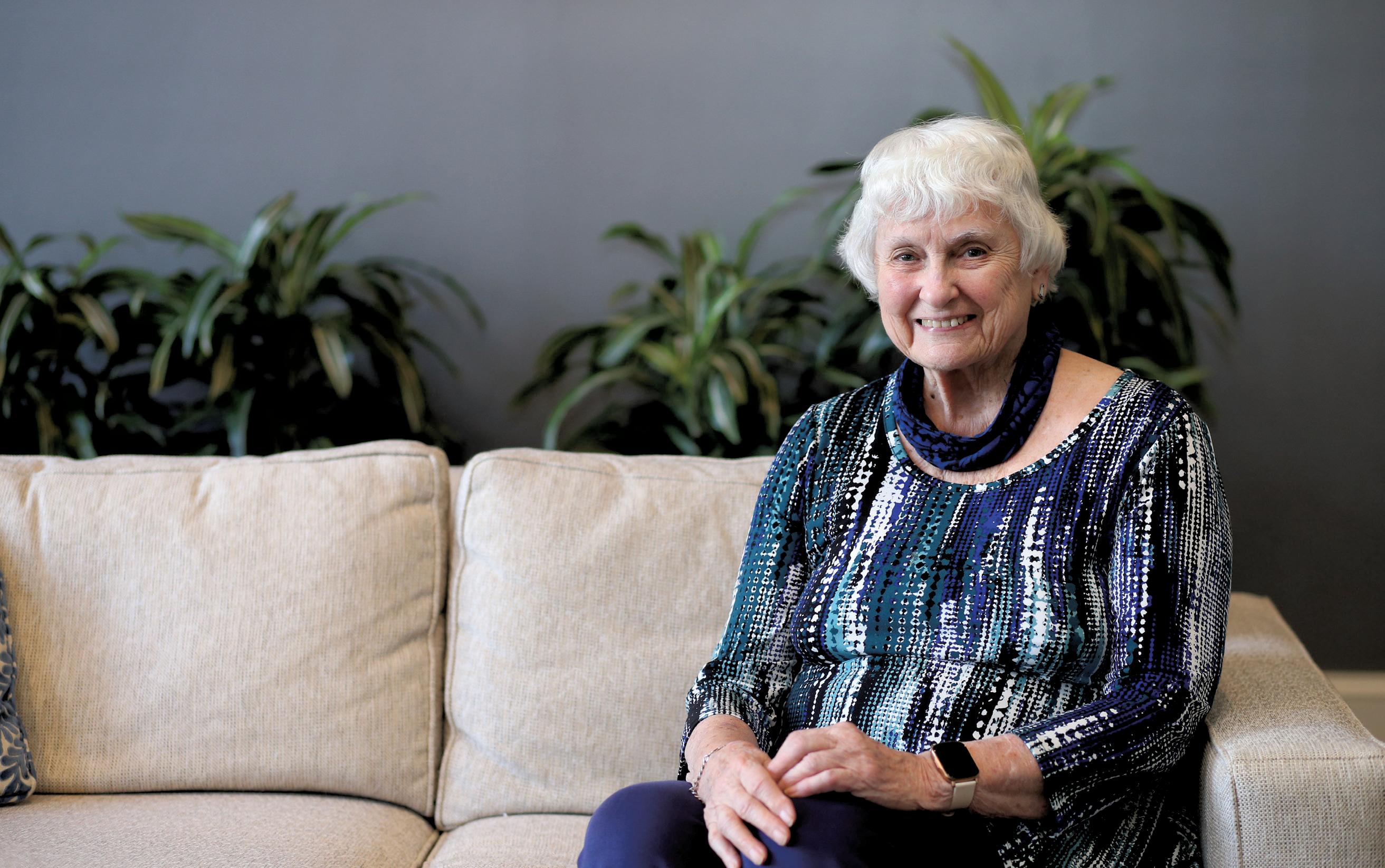
It is amazing to see how young people thrive when you provide them with a chance to be a part of something where they can have fun while building friendship and communication skills along with self-confidence. Everyone wants to find places where they experience a sense of belonging and value and receive some recognition for their involvement.






In addition to some of our research -based programs, we offer opportunities for volunteers to come to the school and help students complete their work in our Homework Helpers program. Our volunteers make such a difference in a child’s life by sitting for an hour or two with them, showing an interest in them while helping them with something as simple as completing their school work.
The Rev. Martin Luther King Jr said life’s most persistent and urgent question is “What you are you doing for others?”











We can all make a positive impact in our community and help make it a place where all children can thrive.

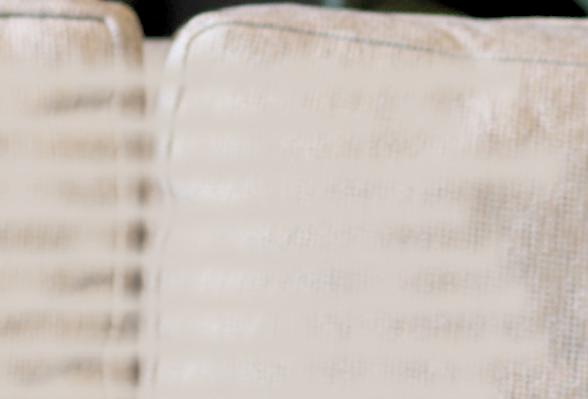 —Gail Viscome
—Gail Viscome
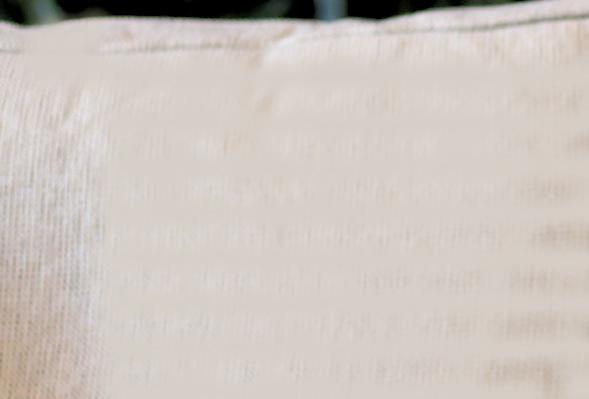
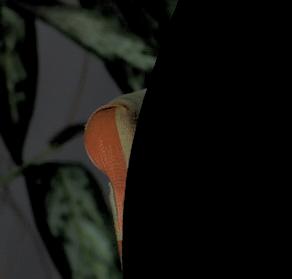


Growing up with the disease of alcohol or other substance abuse was like having an elephant and an octopus in my home. The elephant thumped and I tried to jump away but the octopus already has its tentacles entwined, until I found support in the rooms where long term recovery happens Now, for the past 40 years, I have been privileged to share with many others around the world how to free themselves from the strangulation of this disease, that I call Family Codependence. That has meant breaking through the denial, manipulation, and enabling that keep the disease spreading, smothering, and smashing down what God intends for each person in a family. My life’s passion has been to spread the message of hope and healing that recovery brings. In Lancaster that has been through church-based FAITH Initiatives and in Africa, through the Ugandan Drug-Free Schools program.



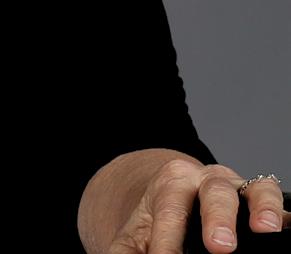
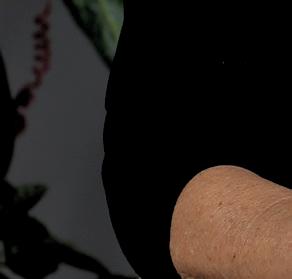





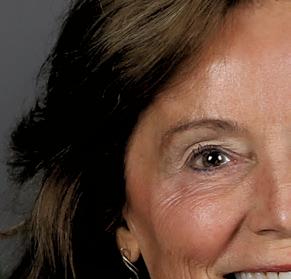


 -Terry Webb
-Terry Webb
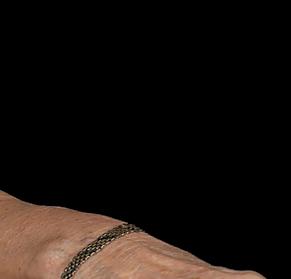
In Lancaster County, recovery is a vital part of our healthy community About 1 in every 8 people has a substance use disorder, but this is a treatable medical condition with strong chances of recovery with the proper supports and resources. Lancaster Joining Forces and many community partners are working together to prevent overdose deaths and promote recovery Visit lancasterjoiningforces.org for more information about our community initiatives to prevent overdose deaths.

For almost two decades, I have supported people with addiction disorders by providing information and referral services at Compass Mark. This means creating a safe and non-judgmental space to help them navigate the treatment and recovery support systems. It’s not easy to advocate for yourself when you don’t feel well. And it’s not easy to wade through external and internal stigma and try to get what you need. People develop addiction disorders because they have risk factors for those illnesses. They deserve high quality treatment, accessible and varied recovery services, as well as kindness and validation every step of the way. When people receive this kind of care, they and their families flourish. It’s important to me to show respect and love to people in recovery—especially those in early recovery who still carry a great deal of shame and regret. They have so much to offer the world—and they are so much more than their illness


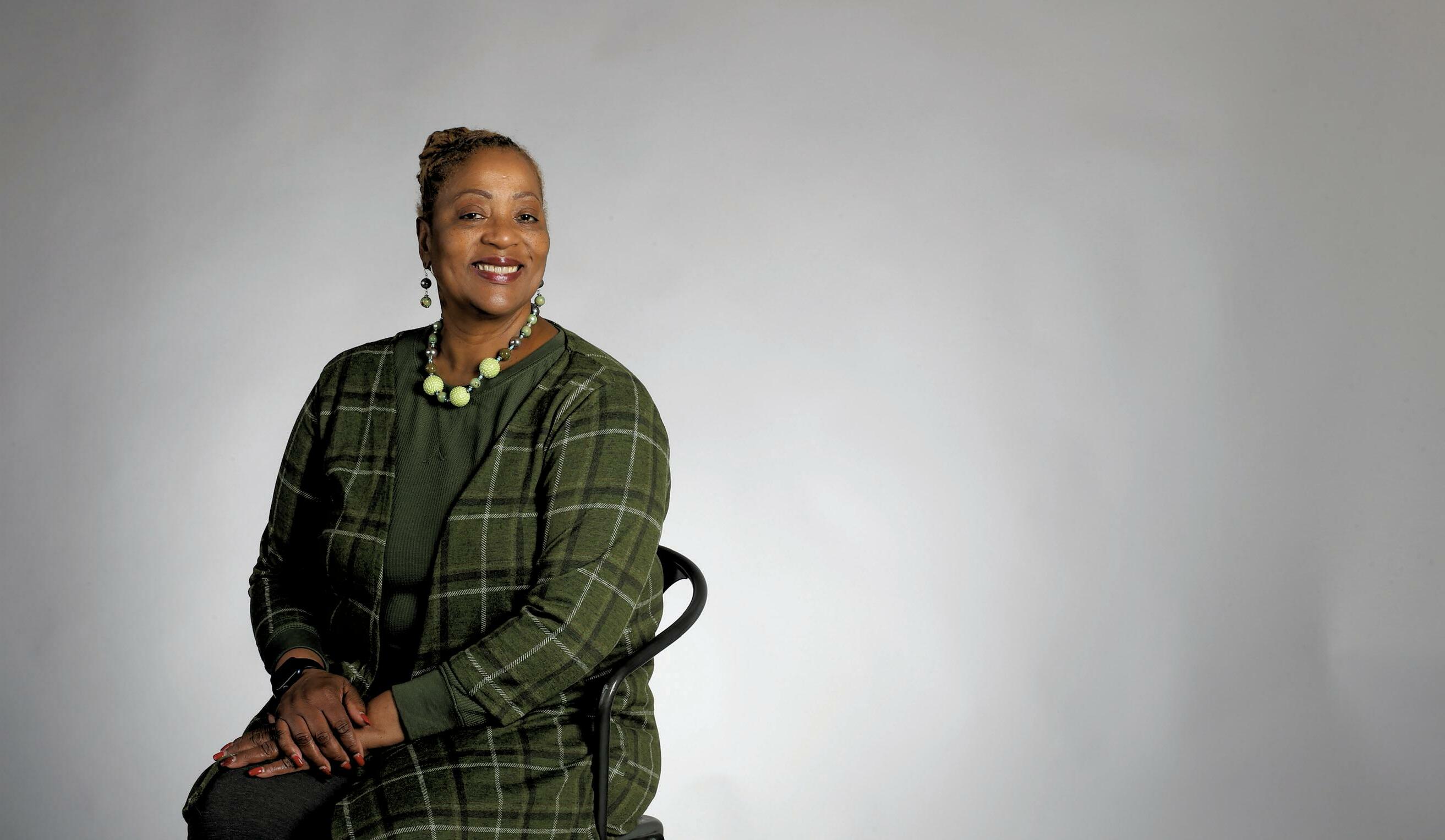
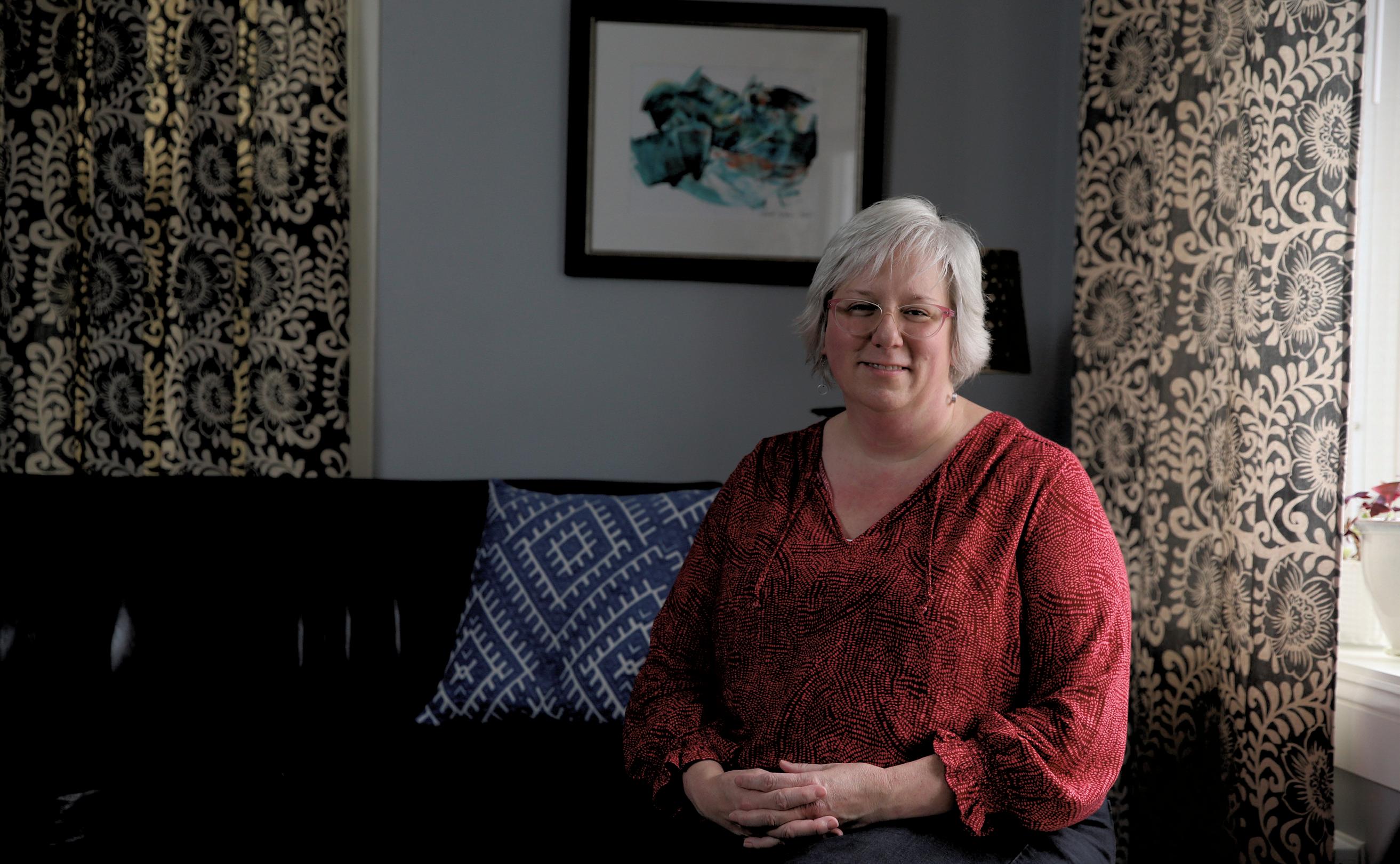 —Amy Sechrist
—Amy Sechrist

First of all, I consider myself a servant, my purpose on this earth is to serve. I am also a Mental Health Nurse. I believe that I am a champion for all people, both in and out of recovery. I try to serve and represent individuals with mental illness, developmental disabilities, and persons in recovery from substance or other addictions. This community is near and dear to my heart, as I have family members with developmental disabilities and who are currently in recovery. I have worked for a number of facilities in and out of the Lancaster area who are serving this community. I believe that the Lancaster area has a tremendous number of services that are set up to assist those who are struggling with addictions and are seeking help My job in the community is to be a resource by promoting a healthy lifestyle. I inspire, encourage, direct and even sometimes push my loved ones, patients and community to seek the services that will help them to make positive behavior changes
Stephney JohnsonTo find treatment and recovery support services, visit Compass Mark at compassmark.org/find-help To learn more about what being a recovery ally means visit lancastercountyrecovery.com

Made possible by:
In partnership with:

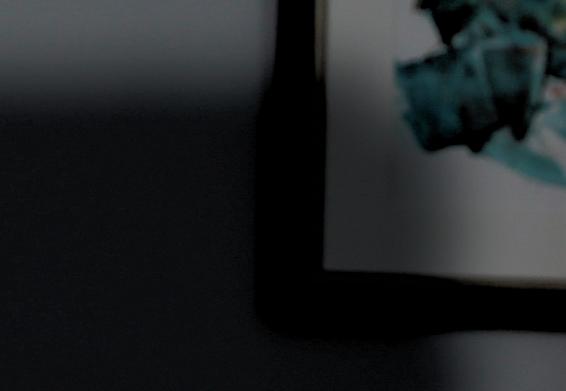

When it comes to transforming communities, Denise Wayman knows firsthand the power of using financial success for a greater good.
As regional operations manager for Everence Federal Credit Union, she helps businesses and individual clients strengthen the community through values-based banking. And as a board member of ASSETS, she’s part of an organization that helps entrepreneurs, especially those
who are diverse and underrepresented, build vibrant and sustainable communities.
“My passion is seeing people grow, people learn and be able to achieve more than they think they can,” Wayman says.
That philosophy of using business for good is at the core of both nonprofits, and it’s the reason Everence Financial and ASSETS are strengthening their partnership to do even more good together

The fruits of their individual labors are felt in big and small ways throughout the community.
Lancaster Burger Company launched eight years ago with a startup loan from Everence Federal Credit Union and maintains a business line of credit
“Everence played a large role in helping us to begin our small business,” says company co-owner Lyndsey Smoker. “We feel that food brings people together in community and
fellowship and that builds relationships And that is the ultimate goal of our company - to be able to support people and give back to our community.”

Amer Al Fayadh, an Iraqi immigrant who arrived in Lancaster County with his family more than a decade ago, was inspired by his own challenges to start Communication Essentials with support from ASSETS. The business offers language and interpretation services and diversity training to help others experiencing a similar journey.
“ASSETS is doing the grassroots work of promoting and educating the community about ethical business,” Al Fayadh says. “In any new movement, you have to do a lot of education on the ground. They play an important role in that.”
Although founded nearly 50 years apart, both Everence and ASSETS have their roots in Anabaptist traditions. Everence began as Mennonite Mutual Aid, and later combined with Mennonite Federal Credit Union, offering financial services to church service volunteers. Today, Everence is focused on helping clients integrate their faith and values into their financial decisions, with the idea that financial stability and success can go hand in hand with a greater good.
That could mean helping individual clients bank and invest according to their values, prepare for retirement and create a legacy of stewardship to causes that matter to them It could also mean managing endowment funds and employee benefits for nonprofits like Good Samaritan Services, whose efforts annually assist hundreds of people out of homelessness and poverty to a place of stability.
ASSETS started in 1993 as an initiative of Mennonite Economic Development Associates (MEDA), an international economic development organization that creates business solutions for poverty. Today, ASSETS also offers in-depth training and financing for entrepreneurs, and works with them to measure and improve their business’s social and environmental performance
Entrepreneur Isaac Etter used startup capital from ASSETS to launch a website and develop core branding for Identity, an educational platform and community of support for foster and adoptive families. Such ventures align with ASSETS’ mission of looking beyond the bottom line to focus on businesses that also make a positive impact on the community and the planet.
“The entrepreneurs, the people that we’re serving, they’re the heroes in the spotlight of their own story We’re just the guides,” says Kirsten McWilliams, Senior Marketing Coordinator for ASSETS “We empower them so they can do the work in their community.… We walk alongside them as they grow in the process of their entrepreneurial journey.”
At one point in their relationship, Everence walked alongside ASSETS in its own entrepreneurial journey, offering technical support for processing small business loans until ASSETS’ Community Lending department could handle the process in-house. Everence continues to have a presence on the community lending board
“Because of the initial support and continuous partnership with Everence, ASSETS was able to achieve that milestone,” McWilliams says

Over the years, the nonprofits have built on that history of mutual support Everence administers ASSETS’ retirement accounts and has sponsored ASSETS fundraisers like She Owns It, a forum for female entrepreneurs. Likewise, ASSETS presents workshops for Everence’s Stewardship University, an annual event that helps participants learn how to be good stewards of their God-given resources.
“In this line of work, both Everence and ASSETS, we are providing education and tools for individuals to learn and succeed,” Wayman says

The partnership between Everence and ASSETS continues to evolve By collaborating on new ways to work together, both nonprofits hope they, too, will learn and succeed in helping even more people transform their communities.


“The e nt re pr en eur s, the people that we ’r e serving, the y’ re the her oes in the spotligh t of their ow n story. We ’r e just the guides .”
KIRS TEN MC WILLIAMSBY MARY ELLEN WRIGHT
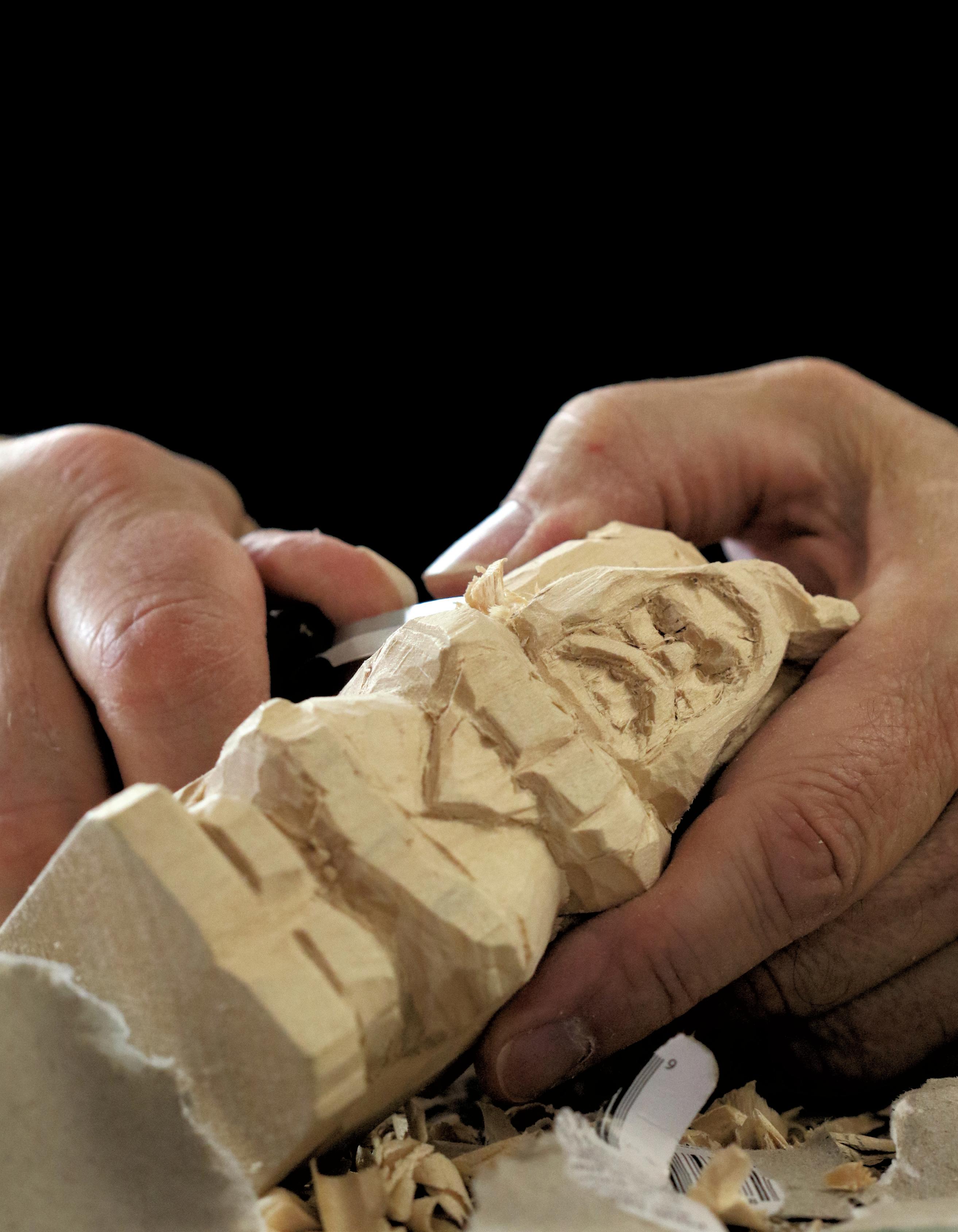 PHOTOGRAPHY BY VINNY TENNIS
PHOTOGRAPHY BY VINNY TENNIS








t’s a quiet night in the basement of the Community United Methodist Church in East Lampeter Township
Three men chat while their knives glide across pieces of wood with a soft sh-sh-sh sound, and pale shavings fall onto the table in a pile.
It’s a monthly event the Lancaster County Woodcarvers call their “open carve” a gathering to work on projects, catch up with friends and swap tips and techniques Some members of the club have been carving for decades, some for just a few years. Some sell their projects and others give them as gifts or donate them to charity. They’ve learned techniques from each other, from classes and YouTube videos
Carvers bring magnifying goggles and lamps to illuminate their work. They tote caddies filled with all manner of knives, gouges and scoops
“We tend to be older and retired,” says Ken Kuhar of Millersville, the newly elected president of the club “But we have a number of younger people and still-working-age people.”
Kuhar says club members do all kinds of carving, from creating caricature figures, holiday ornaments, Santas and birds from basswood to making houses from thick pieces of cottonwood bark. There’s also relief carving, with its 3-D effects, and chip carving “removing small, triangular chips or slices that makes mosaic patterns on the wood,” Kuhar adds
Kuhar took up carving in 2006 when he was off work on short-term disability.
“I always liked drawing, and thought I could do something with my hands,” Kuhar says “So, I took an X-Acto knife and a piece of 2-by-4 and I carved it. I got books and magazines, and then I saw something about the club in the newspaper and I came to a meeting and I’ve been here ever since.”
Kuhar enjoys carving caricatures
During the early months of the pandemic, he took small, triangular blocks of wood and carved every president from George Washington through Donald Trump
“I think the club, in general, carves just about anything,” club member Rick Bledsoe of East Lampeter Township says “I like characters and animals and wildlife.”
“You don't have to be artistic,” says Bledsoe, who also took up the hobby in 2006 when he started carving with a neighbor
“You can carve something out, but it sort of comes to you after you do it a couple times I had a hard time carving faces, and then I just made up my mind that I was going to sit down and do it Now I enjoy it.”
On another night in the church basement, after the club’s monthly meeting that includes a presentation of bark carving and a show-and-tell of members’ projects, Genevieve Pallas of Wyomissing says her passion for carving grew from an initial love for collecting sticks.
Years ago, she asked the broom maker at Landis Valley Village and Farm Museum to create a broom with one of her sticks. That led to her apprenticing with him, and making her own brooms When her artisan mentor branched out into carving, Pallas did, too. She went to Don Swartz, now the club’s vice president and owner of carving supply store Hillside Carving in Silver Spring, and asked him to sell her whatever she needed to get started as a carver
Now she carves green men and wood spirits men’s faces surrounded by foliage or old visages with long hair and beards into the handles of the brooms she sells through Landis Valley’s museum shop
“The carvers here (at the club) are so willing to teach,” Pallas says “They are so unbelievably helpful. It’s such a wonderful society of people who want to have the art continue, have the craft continue on. They're just so warm and welcoming.”
At the evening meeting, Breanne Funk, 29, of Washington Boro, displayed some wood-burned plaques she made for another member ’s grandchildren complete with their names and Bible verses
Funk says she began doing wood burning also called pyrography at age 11 or 12 and started carving soon after that. Taking some classes in carving helped her hone her skill.
“I've always had an interest in it,” Funk says, having gotten her first knife at age 9. Terry Keemer of Willow Street has been carving for about 40 years. He carves Santa Claus figures to give to family members during the holidays. And he’s a member of the Manheim chapter of the American National Cane Club, where he carves canes and walking sticks often with eagle heads on the handles to donate to military veterans
In December, Bledsoe, Kuhar and Keemer represented the club in its annual tradition of trimming a Christmas tree at Hospice & Community Care’s Bob Fryer & Family Inpatient Center near Mount Joy with more than 100 wooden holiday ornaments carved by club members.
If you want a closer look at the world of woodcarving, the local carvers recommend coming to their 48th annual Woodcarving and Wildlife Art Show, Sale and Competition the weekend of March 11-12 at Millersville University.
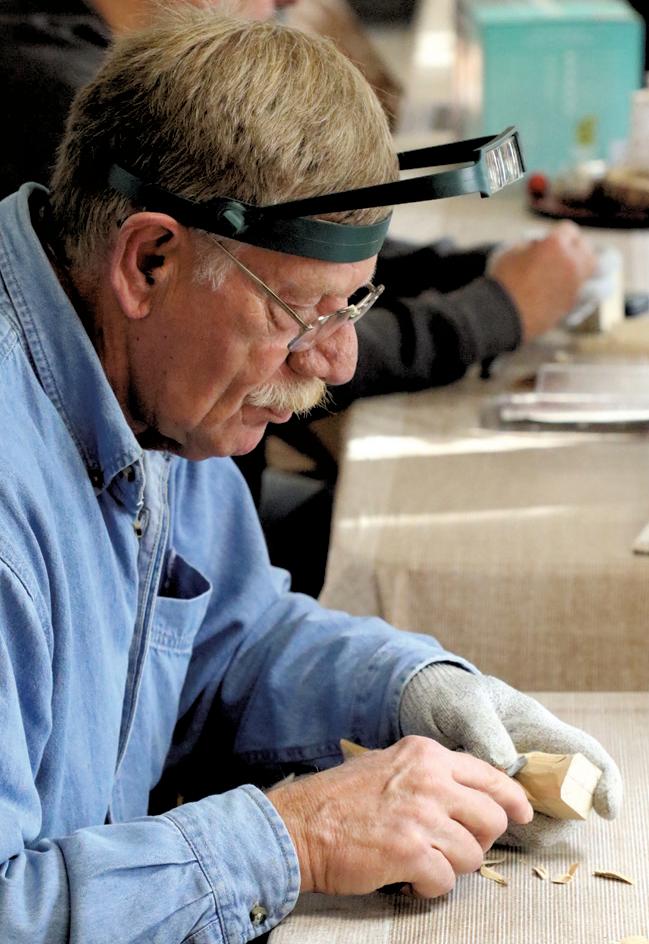
“People have tables to display their carvings, everything from caricatures, bird carvings, wood burning to chip carving,” Kuhar says. “We have vendors at the show that sell tools and wood —things for people to take up wood carving if they want.” Members donate carvings and tools for a silent auction, he says, and there will be a carving contest, with prizes
“People demonstrate different kinds of carving and people can sit and ask questions,” he says At this year ’s show, Kuhar
will teach caricature carving and Funk is scheduled to do a presentation on carving roosters from twigs.
Keemer says woodcarving is a great hobby for retirement something to occupy your mind and hands after having your morning coffee and reading the newspaper
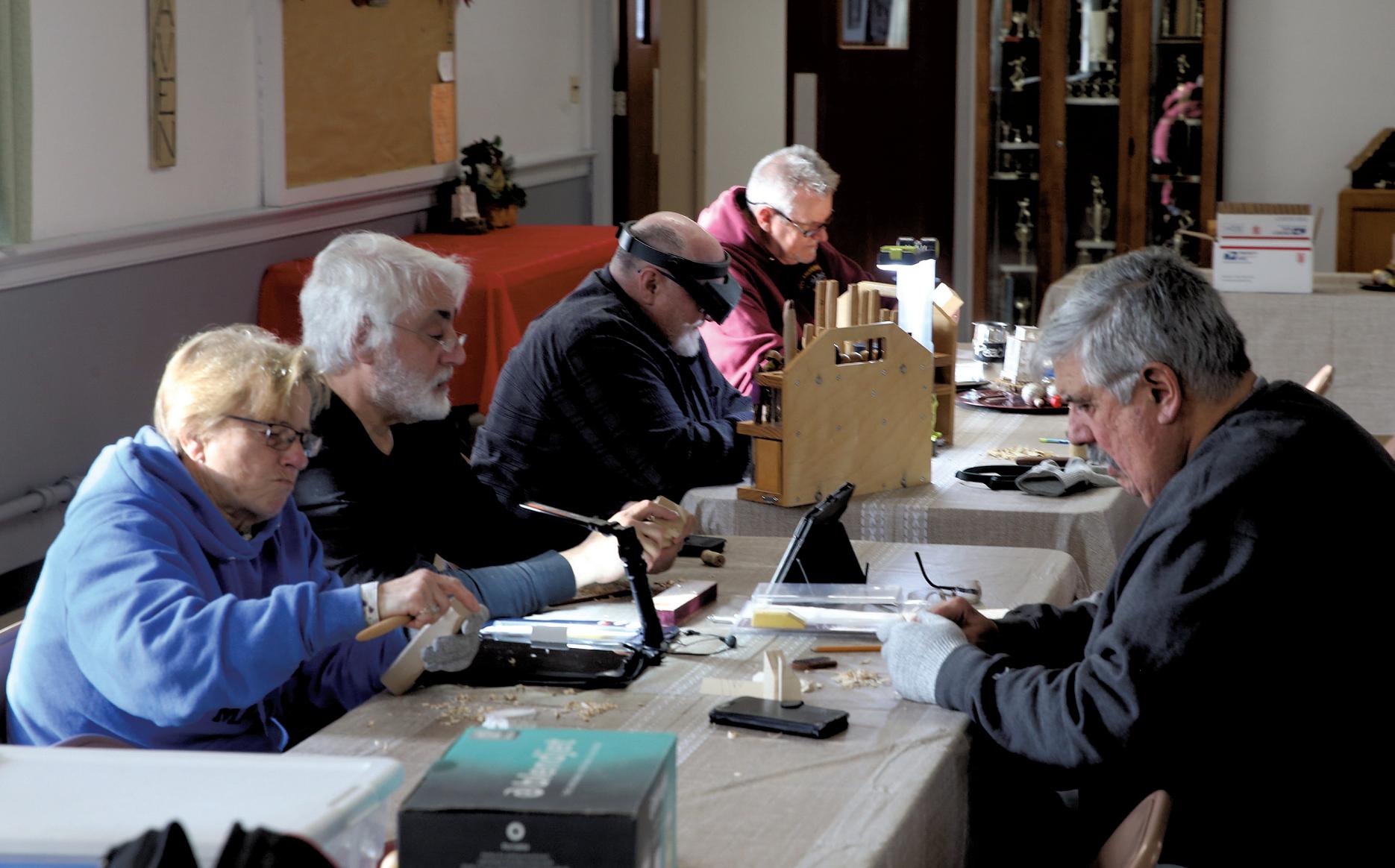

“It calms my soul,” Pallas says “I just get such therapy from it.”
“It’s nice and relaxing for me,” says Funk, who does produce farming and helps run the family greenhouse business. Through the club, she enjoys “being able to be connected with other carvers and learning different kinds of techniques,” Funk says “Since being with them, I've learned a lot,” including how to carve ornaments and faces
“It’s something you can do almost anywhere," Kuhar says “It’s hard for beginners,” Pallas says “It’s hard to really dig in because you’re afraid you're going to make a mistake.”
But she remembers advice she got from Swartz that’s a slogan for so many carvers in the club: If you make a mistake carving an eye, there’s “always another eye underneath.” You can always correct your mistakes especially with help and advice from other carvers.
“It has a certain enjoyment to it when you’re sitting
Meetings: Monthly meeting is 6 p. m. the third Tu esday of the month. “O pen carves” are the first Thursday of the month from 9-11 a.m. and 6-8 p. m.
Where: Co mmunity Methodist Church, 130 Te nnys on Drive, Lancaste r. Zo om meetings: 7 p. m. the first Tu esday of the month.
Annual dues: $20 per person or $30 per fa mily.
Other area clubs include: The American National Cane Club, which meets the last Tu esday of each month at the Zion Evangelical Lutheran Church of Manheim, and the Manheim Township Wo odcarvers Association, which meets the last We dnesday of the month at Grandview Church on Pleasure Ro ad.
there thinking about how you’re going to take the wood off, and seeing a creation come to life out of a block of wood,” Kuhar says.
What: The 48th annual Woodcarving and Wildlife Art Show, Sale and Competition
When: 10 a.m. to 5 p.m. Saturday, March 11, and 10 a.m. to 4 p.m. Sunday, March 12.
Where: Student Memorial Center, on Shenks Lane at Millersville University.
Details: Woodcarving demonstrations, a whittling contest, exhibits, displays, vendors, silent auction and more.
Admission: $5; free to those with military ID or student ID from high school and beyond. Parking is free.
Hosted by: Lancaster County Woodcarvers. For information on the club or the show visit lancarvers.com.
Wood carvings of the United States presidents by Ken Kuhar




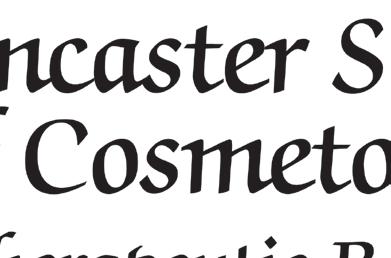


is known as the place to go for grand musicals: “Les Misérables,” “Shrek,” “The Sound of Music,” “Evita,” “Jersey Boys.” Shows such as these offer magical set design, extravagant costumes and glorious swells of song and music.
But the Fulton creates another type of theater experience that is more profoundly immersive: The Ellen Arnold Groff Series.
“Ellen Arnold Groff was one of the true matriarchs of the Fulton Theatre,” says Marc Robin, the Fulton’s executive artistic producer. “She led efforts to keep the theater alive during very tough times.”
After Groff died in 2012, the series was created in her honor, housed in a cozy space on the Fulton’s fourth floor. The series’ mission is to produce the kind of passionate theater that Groff loved – theater that “sparks conversations that continue for days after you see the show,” Robin says.
In this 100-seat space, audience and actors are within arm’s reach of each other With the boundary between the watchers and the watched removed, the audience viscerally shares the actors’ anger, their fear, their laughter and their love
The current production in the Ellen Arnold Groff series is “Doubt.” Perhaps you’ve seen the movie starring Meryl Streep and Phillip Seymour Hoffman. But even if you have, you should come see the play. With only four actors, the Fulton’s staging is intimate and compelling.

The play is set in a fictional Catholic school in the Bronx in the early 1960s Actor Matthew Hydzik, who plays Father Flynn, notes that this setting is just after the Vatican II reforms, a time of tension in the church between modernization and conservatism. Additional layers of tension come from the inherent conflicts between old vs. young, Black vs. white, priest vs. nun, truth vs. lies, and rich vs. poor, Hydzik says.

Representing the reformist movement within the church, Father Flynn is warmly affectionate with the students and especially so with a Black eighth grader, Donald Muller
But the school’s principal, Sister Aloysius, played by Monica Horan, sees Father Flynn in a different light. She enlists the help of young Sister James to watch for suspicious behavior
Such behavior, of course, soon emerges. The naïve Sister James reports what she sees to Sister Aloysius, but Sister James has doubts What did she really see? Was it innocent or was it a glimpse of darker things? Every character in the play can be understood from multiple viewpoints Father Flynn may be a warmhearted
man who believes that human connection is best for the students, or he could be a monster
Sister Aloysius has her own monstrous traits To the students she is stern, strict and unloving. Yet she protects the nuns in her care and sometimes shows a keen, and highly amusing, wit.
Can Sister Aloysius be faulted for earnestly believing that discipline is what students really need? Says Horan, “everything Sister Aloysius does is with the goal of creating a safe environment for children.”
Does her belief that the students need to be kept safe from Father Flynn excuse Sister Aloysius’s persecution of him?
Tensions rise as Sister Aloysius pursues what she believes is the truth about Father Flynn. But the truth is elusive. Donald’s mother, Mrs. Muller, played by Ché Lyons, sees her own truth about Father Flynn’s relationship with her son. “Mrs. Muller chooses to live with blinders on,” Lyons says “Her choices are strictly based on her son being able to survive, which has been a tactic of African Americans throughout our lineage here.”
Mrs. Muller knows that Donald’s survival in this world is not a given. He is a Black boy in a racially divided city, in a troubled family and with a secret of his own. The school offers Donald the only pathway out, even if it comes with a cost.
Is Mrs. Muller a bad mother or is she a realist?
Sister James, played by Abigail Isom, struggles most overtly with doubt and truth as she is torn between the warring sides of Father Flynn and Sister Aloysius “Everybody can relate to Sister James,” Isom says, “because we all have those moments where we ask ourselves, ‘Did I do the right thing ?’ ”
For the audience, one person may leave the show with an entirely different conclusion from the person next to them. Says director Jeffrey Coon, “Doubt” asks us to ask ourselves, “Why do we believe what we believe?”
The play provides no easy answers, challenging the audience to grapple with their biases and assumptions Without a doubt, this is one of finest pieces of theater ever to grace the Fulton’s stage. “Doubt” runs February 9 to February 26 For tickets, go to Thefulton.org.

“Fo r the au di ence, one per so n ma y lea ve the sho w wi th an entir ely di ffer en t con clusi on fr om the per so n ne xt to th em .”
How



 BY KEVIN STAIRIKER | PHOTOS BY QUINN STALEY
BY KEVIN STAIRIKER | PHOTOS BY QUINN STALEY

When you take that first sip of a cold beer, it’s difficult to think about anything except that feeling in the moment. There are dozens, if not hundreds of beer commercials dedicated to this exact idea
However, the beer commercials seem to never have time to get into the literal process of brewing, how many hours it takes just to produce the liquid that goes into a bottle or can. As somewhat of a standard-issue beer drinker – I like The Classics but will experiment with some wacky flavors if the spirit moves me – it has long










fascinated me what a standard brewing day at a local brewery might entail.
Physical labor for 12 hours straight? Or kicking back and pounding beers while glancing at the machinery doing all the work? Surely it must be something in the middle.
Thankfully, there was a local brewery willing to answer my call – Rural City Brewing in Reamstown, which replaced Union Barrel Works Brewery in late 2021. The business is run by brothers Ben and James Burton, who both have years of brewing experience, with the
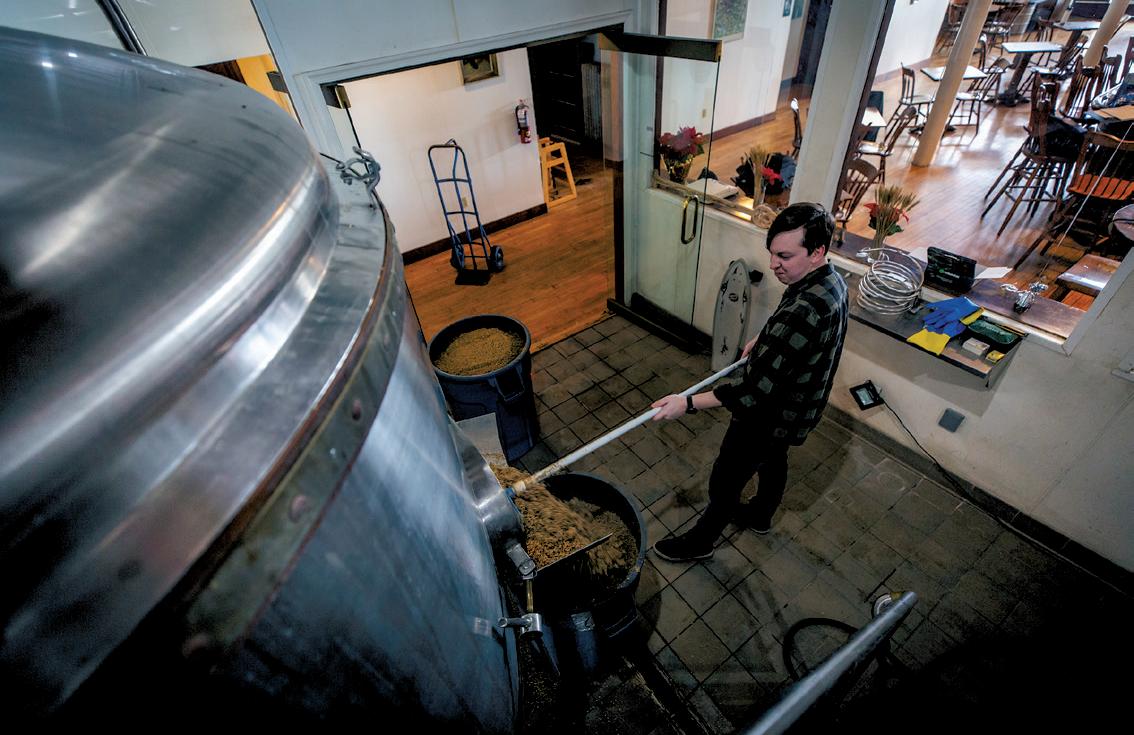
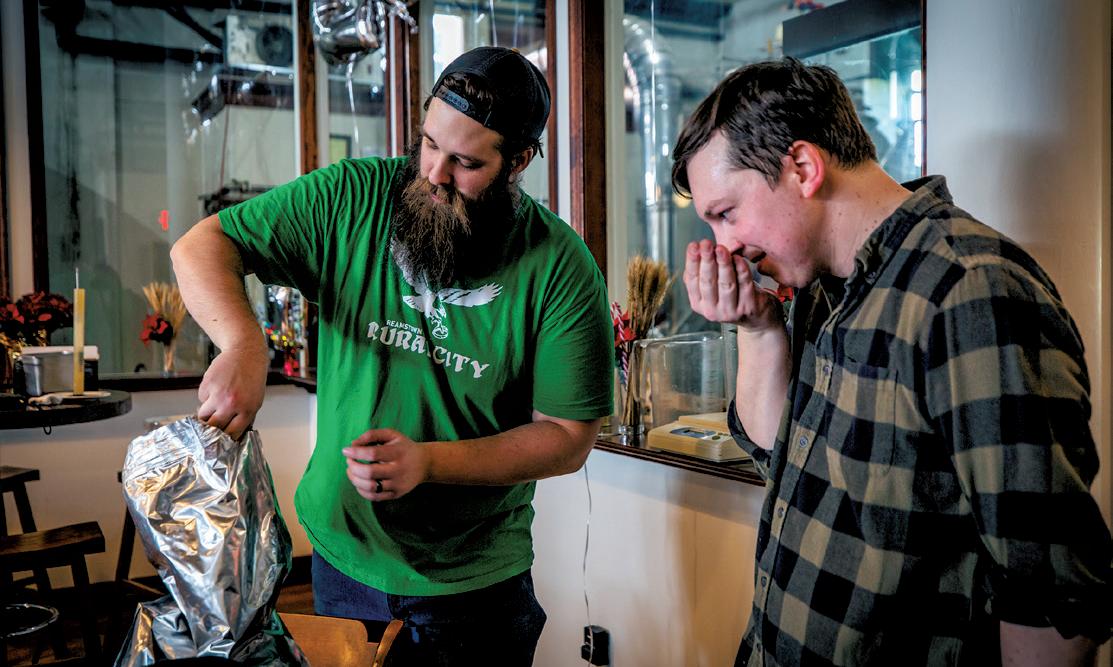
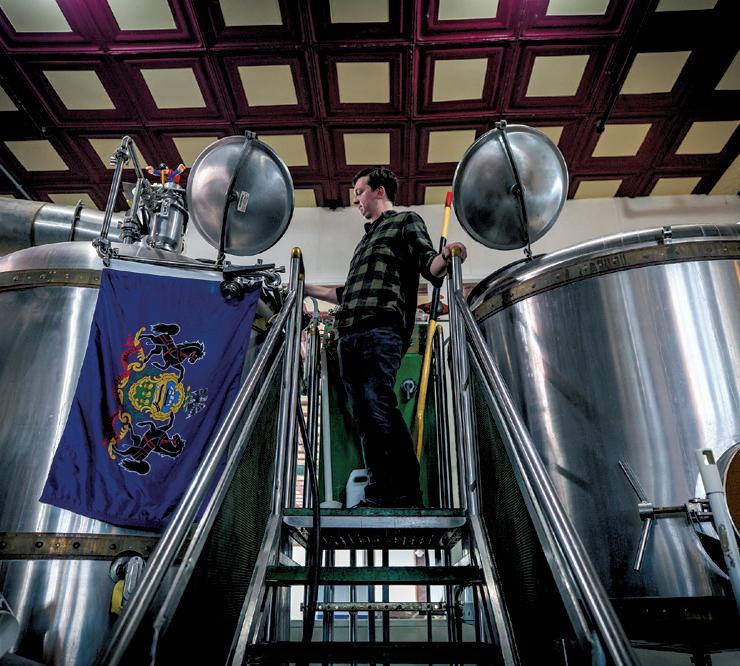


former previously working at Mad Chef Brewing in East Petersburg and the latter at Swashbuckler Brewing Company in Manheim.
It is the younger Burton, Ben, who greets me from behind the brewing machinery at 7 a.m. on my day as a brewery assistant. Burton had been there since 6:30, starting the process on a New England Session IPA that will be called “Roundabout” when it is finished. The brothers say that the beer is named for a local roundabout that has caused quite the stir with Reamstown residents of late.
But from where I am standing, all I can see is large kettles filled
The “Roundabout” beer uses both Lotus and Amarillo hops, popular varieties that are regularly used to create IPAs and wheat beers. Perhaps due to the smell, adding hops is the part of the process that feels to an outsider to be the most beer-related, so I was thrilled to be the guy to dump the bags into the simmering concoction.
It is strange for an outsider like me to consider the fact that, on one hand, brewing is a time-honored tradition with hundreds of years of history of doing things a certain way, while on the other hand, every single brewery in existence – including the dozens in Lancaster County – all make beer that tastes different in its own way
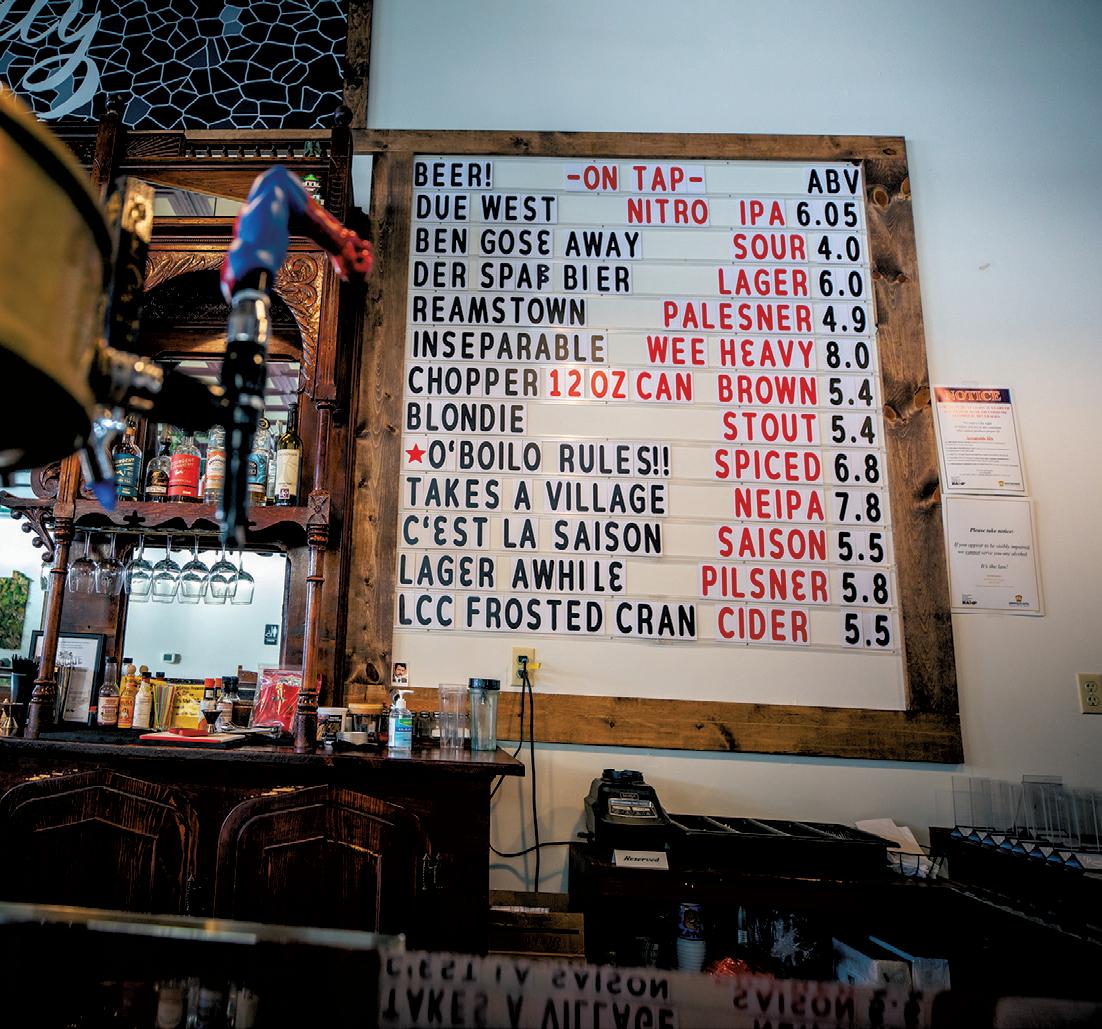


“The processes are all different, but most breweries are the same,” explains James Burton, with a smile.
The brewing session ended up lasting roughly seven hours, and although I would like to say that every sip of “Roundabout” has a little bit of me in it, credit must be given to Ben Burton for doing the lion’s share of the work.
Early in the day, Burton mentioned that he is hoping to be able to bring on an actual assistant soon, so hopefully someone will be able to follow in my lightly-treaded footsteps in the lab at Rural City before too long.
with hot water and grain.


Burton started homebrewing in 2012 and has been brewing professionally since 2016.

“Brew days used to be brutal, man,” Burton explains “It used to be 14-hour days, and now I’ve got it down to about seven or eight hours.”
The hulking machinery of Rural City dates back to the ‘90s and creates a feeling of a mad laboratory, where brewers are mixing up potions until they magically come upon something tasty. There is, of course, science involved, but the actual process is filled with far more physical labor on the brewer, from stirring the mash to climbing up and down the stairs to check grain and water levels Burton says that the usual “grain to glass” time is around two weeks.
There are two main pieces of machinery that Rural City uses to brew – on the left is a two-vessel brewing system containing both a “brew tun” and a “mash kettle” and on the right is the “lauter tun.”
To describe the brewing process for laypeople such as myself: Water and mashed grains are combined to create “wort,” which is essentially sugary grain water. Once that substance is boiling, the brewer will add the hops, which give the beer its flavor and aroma From there, the wort goes through a process of boiling and cooling. When yeast is added, fermentation can begin.
As an assistant, I did my proper job of waiting around until I was needed, with one of the first big tasks being the cleaning all the leftover grain out of the mash tun. Burton said that 985 pounds of grain went into the tun at the beginning of the process, with an untold number of pounds remaining to then scrape out of the machine. Burton’s weapon of choice for both stirring and clearing out is an old canoe oar, which I dutifully handled to clear out all the grain into a series of large canisters, which will later go to a local farm and serve


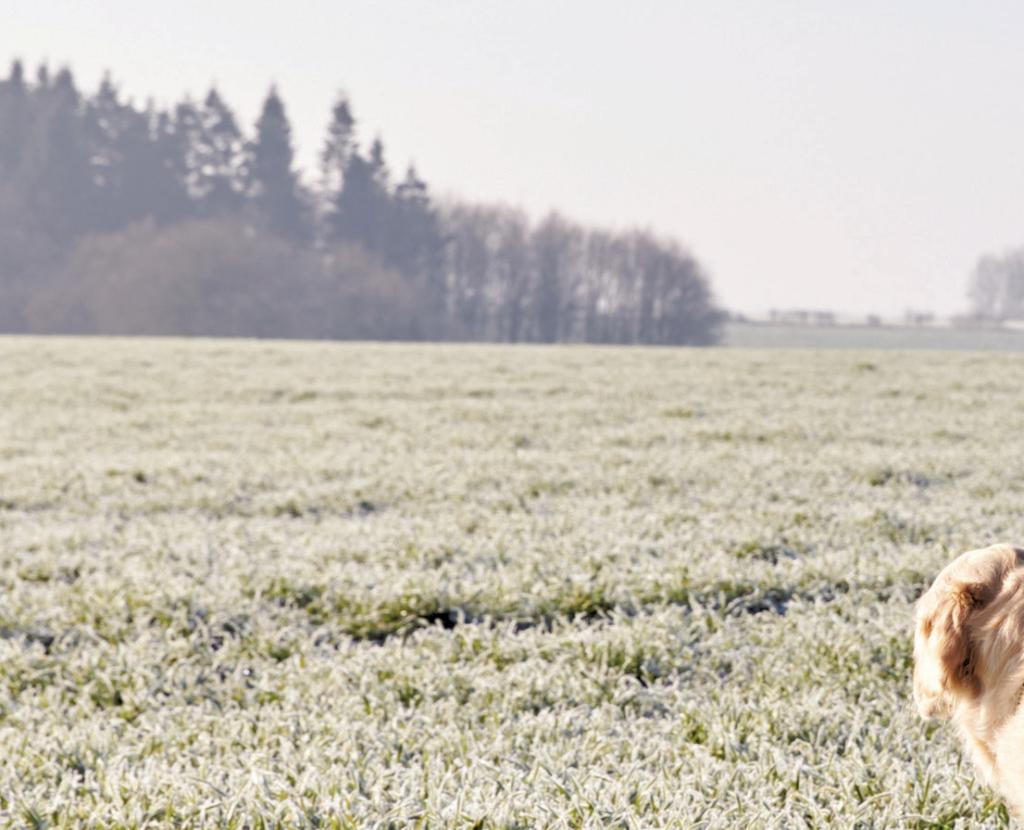








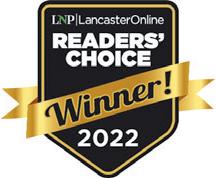


Argires Marotti Neurosurgical Associates of Lancaster was founded by Dr. Perry Argires to provide supreme surgical and non-surgical care to patients suffering from neck and spine pain and injury. The practice has sustained excellence due to the legacy of care in coordination with the team efforts by Dr Perry Argires and Dr Louis Marotti to create the most award winning spine care team in the county. Our practice and its professionals will reduce the need for traditional pain medicines and instead promote progressive pain management treatments. Call us to schedule an appointment today.
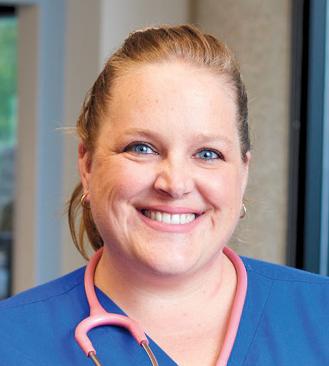






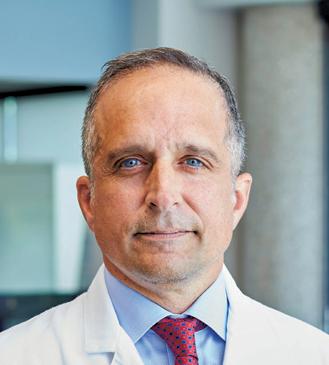


Voted
 Perry J. Argires, MD, FAANS, FACS Neurosurgeon Specializing in Cervical Disc Replacement and Spine Care
as the Best Surgeon in Lancaster County LNP Readers’ Choice Favorite Neurosurgeon
Louis A. Marotti, MD, PhD, FAANS, FACS Neurosurgeon Specializing in Spine Care
Voted as the Best Surgeon in Lancaster County LNP Readers’ Choice Favorite Neurosurgeon
Steven M. Falowski, MD, FAANS, FACS Neurosurgeon Specializing in Spinal Cord Stimulators LNP Readers’ Choice Favorite Neurosurgeon
Jack Smith, MD Pain Medicine
Jarod B. John, MD Neurologist With a focus on elderly care, migraines and MS LNP Readers’ Choice Favorite Neurologist
Aiden Soroko, DPT Physical Therapist Clinic Manager
Adam Truax MHS, PA-C
Esther DiGiacomo MMSc, PA-C
Brendan Garrett MHS, PA-C
Nichole Beaty, LPN Neurology LEAD
Laurie Rice, LPN
Perry J. Argires, MD, FAANS, FACS Neurosurgeon Specializing in Cervical Disc Replacement and Spine Care
as the Best Surgeon in Lancaster County LNP Readers’ Choice Favorite Neurosurgeon
Louis A. Marotti, MD, PhD, FAANS, FACS Neurosurgeon Specializing in Spine Care
Voted as the Best Surgeon in Lancaster County LNP Readers’ Choice Favorite Neurosurgeon
Steven M. Falowski, MD, FAANS, FACS Neurosurgeon Specializing in Spinal Cord Stimulators LNP Readers’ Choice Favorite Neurosurgeon
Jack Smith, MD Pain Medicine
Jarod B. John, MD Neurologist With a focus on elderly care, migraines and MS LNP Readers’ Choice Favorite Neurologist
Aiden Soroko, DPT Physical Therapist Clinic Manager
Adam Truax MHS, PA-C
Esther DiGiacomo MMSc, PA-C
Brendan Garrett MHS, PA-C
Nichole Beaty, LPN Neurology LEAD
Laurie Rice, LPN
entered the world via emergency Caesarean section at 12:24 a.m. on New Year ’s Day 2013 But for mom Katrina Izer, the joy of having the first baby of the new year was clouded by overwhelming anxiety, and she asked the honor to go to the next baby.
Before she even laid eyes on her newborn son, she heard one of the nurses calling Hershey Medical Center Caden was born with a cleft lip and bilateral cleft palate Even though 1 in 700 children experience these common birth defects, the rural Franklin County hospital hadn’t seen one in two years and wasn’t prepared to properly care for Caden and Katrina
For example, Katrina had planned on breast-feeding but was unable to because of Caden’s cleft. Building onto Katrina’s anxiety, the hospital didn’t know there are easily available bottles to help Caden and did not have any on hand.
Luckily, a few hours later, a lifeline arrived in the form of a feeding specialist from the Lancaster Cleft Palate Clinic, who brought bottles and a wealth of information.
“She just really calmed everything down,” Katrina says. “I don’t know what I would have done back then had they not come to me. They were a lifesaver in that moment.”
The Clinic has been an important part of Caden and Katrina’s lives ever since.
The Lancaster Cleft Palate Clinic (LCPC)















has been an institution in Lancaster city for over 80 years. In 1938, local orthodontist Dr Herbert Cooper put together a multidisciplinary team of specialists to






treat children with cleft palates and other craniofacial conditions



The Clinic is considered the first facility of its kind anywhere, and its team approach has become a worldwide standard of care in the field. LCPC sees 2,500 craniofacial patients like Caden each year from a service area that covers 44 Pennsylvania counties and 10 states.

The Clinic has a team of health specialists in 13 areas, including dentistry, plastic surgery, orthodontics, audiology, speech and language pathology, social work, pediatric medicine, oral surgery, and ear, nose and throat specialists. Two ENT surgeons and one oral surgeon, along with three plastic surgeons from Penn State Hershey Medical Center, donate their time.


One of those plastic surgeons, Dr. Donald Mackay, was part of the team that met Katrina and Caden during their first visit to the clinic in 2013
“We just love him so much,” Katrina says. “I just remember being really upset. I was crying. (Dr Mackay) said, ‘He’s going to grow up and he’s going to bring all the wrong girls home.’ He just made that joke, and he just told me what to expect After that visit, I was better.”
Caden, now 10, had his first surgery at 3 months to correct his cleft lip, a second at 12 months to repair his cleft palate, and a bone graft at age 7. He’s also had
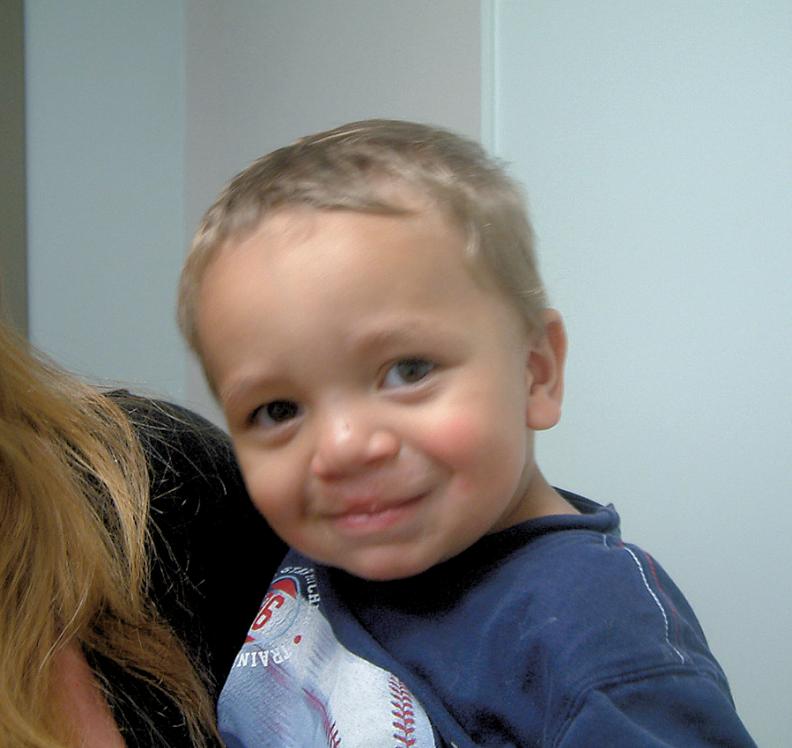






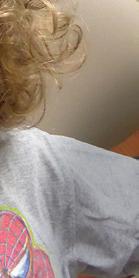


ee sur ries to insert tubes that assist










three surgeries to ins in draining fluid from the middle ear, a common issue with children who have cleft palates. He still faces an additional major surgery to move his upper jaw, about the time he is 16
Caden and Katrina make the two-hour trip from Franklin County to Lancaster every six months to meet with their team of specialists, including Dr Mackay, who came to Penn State Hershey Medical Center from South Africa in 1988 At the time, he was already aware of LCPC from his years of training in dentistry and surgery in Johannesburg.
“Everybody knew about the Lancaster clinic,” he says “It was the first multidisciplinary clinic in the world.”



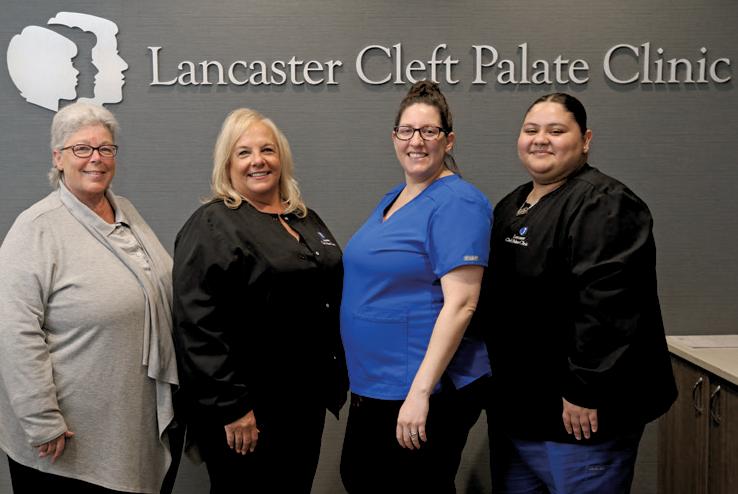

Dr. Mackay feels that being part of that worldwide standard of team care and treating tens of thousands of patients like Caden over the past three decades has been a special experience.
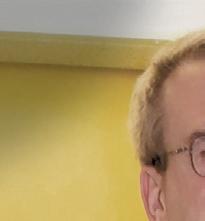
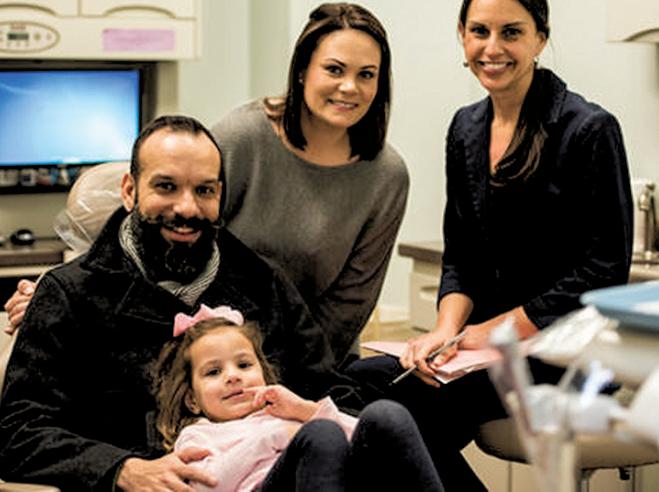

“Everybody has a really important part to play,” he says “When you’re in a position to take care of kids like that, it’s an incredible privilege, and for a surgeon, especially. Surgeons mostly see their patients for a very short time period ... When you’re taking care of a kid with a cleft lip and palate you know them, in a lot of cases before they’re born, and you know them right through their late teens. It’s a
privilege and a to be able to do this.” – ADVERTISING















privileg gift
Like most nonprofits, LCPC depends on the support of the community to continue providing care For families like Katrina and Caden, community support has made all the difference.

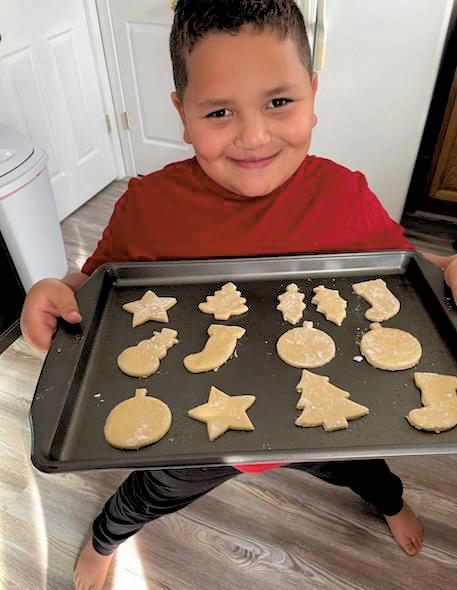
To those who are just embarking on their cleft palate journey, Katrina would say, “It’s going to be okay It’s a long journey but the people at the Clinic know what they’re doing, and with them, you’re in safe hands.”
Today, LCPC celebrates with Caden and Katrina as the first baby born in his county in 2013




“It’s a privilege and a gift to be able to do this.”BY MARY ELLEN WRIGHT PHOTOGRAPHY BY VINNY TENNIS
Living in a multicultural community like Lancaster, the international culinary options seem endless from restaurants to caterers to market stands.

But another significant piece of this cultural culinary landscape is the many international grocery stores located throughout the area. These stores stock products bought through distributors or in major East Coast cities that people who have lived in other parts of the world would have trouble finding in supermarkets.
For those who are up for a culinary trip around the world, the people who run these stores are experts in products, seasonings and other ingredients you may want to learn more about.
We visited two of these stores in Lancaster to find out what they carry, what countries’ cuisines they represent and what some of their most popular products are.
Bimal Rai says he and his three “brothers” from Jhapa, Nepal Bishal Rai, Anish Tamang and Khem Dulal took over the operation of the Everest store from the previous owner about three months ago. The four aren’t strictly related, Rai says, but they’re “brothers” just the same. Rai, who has worked as an electrician in the construction field, is originally from Bhutan, but grew up in Nepal.
“A lot of our customers are Indian,” Rai says But the store also carries products familiar to those from African, Middle Eastern and other Southeast Asian countries. And Nepali cuisine is similar to Indian cooking, Rai says “We use the same spices, some of the same vegetables.”
What do you like about running the grocery?
“Before we owned the business we were excited to be standing (behind) the counter and talking to the people. Like people from Africa, India, Iraq, Sri Lanka, some Philippines, some Burmese We have customers who are Spanish (speaking ).
“And sometimes people say ‘I was just driving by, and I came inside to see,’ and they pick something. Talking with many different people is very interesting.
“Sometimes people come in and they have a picture on their phone, and ask, ‘Do you have this?’ I see some customers really happy They say, ‘the thing I don’t find in any (other) store, I find here.’ Everything is here
“It’s a small store, and we don’t have much space to keep everything,” Rai says But the store does stock a wide variety of fresh, frozen and packaged products representing a lot of different countries.
Where do you get your products?
“Today one of my friends went to New York,
and he’ll stay tonight and pick up (products) morrow We also go to Philadelphia, to a house. And we have delivery every 15 days from different vendors,” Rai says They also pick up Iraqi products such as pita bread from New Jersey, and African products from Baltimore and Washington, D.C.
What are some of your most popular products?
“We have paratha bread, that comes frozen it’s a roti (a flatbread),” Rai says. “We have kimchi noodles, and smoked fish.”
Other products include large bags of white and yellow bunga flour “it comes in every week, and it goes quick,” Rai says. For Nepalese cooking, he carries mustard leaf and mustard oil.
Another kind of produce is a long, fat variety of green plantains “African people love it African people come from very far away (to buy it). They buy a whole case; it doesn’t matter how much it is,” Rai says. Other produce options include turiya, a long green gourd, and tindora, a small, pickle-shaped gourd, both of which are used in Indian cuisine
The store also carries a variety of spices and teas
“There are a lot of customers who sometimes drive like 40 minutes, 45 minutes for one item because they can’t find it anywhere,” Rai adds. For example, there’s a certain kind of pita bread popular with people from Iraq that is just such a destination item, he says
A special aisle to check out:
The produce aisle, filled with unusual fruits and vegetables loose in bins, from okra and gourds used in Indian cooking to long, pink-speckled flat beans called cranberry beans
1027 Dillerville Road, Lancaster.
Open 10 a.m. to 8 p.m. Monday through Saturday and 11 a.m. to 4 p.m. Sunday.
Tekalign Chafo, originally from Ethiopia, has owned the store for about a year and a half.
“I opened it myself,” Chafo says. “Before this, I used to work for QVC as a warehouse specialist, and then I drove a truck. I graduated from Millersville University in accounting, and then I was an accountant for QVC for seven or eight years.” When the local distribution center closed, Chafo decided to open the store. He’s starting small, he says, but hopes to expand into e-commerce for his products in the near future.
“This is a very niche market, and people don’t get these products everywhere,” Chafo says He’d like to serve areas outside Lancaster, such as Harrisburg, Mechanicsburg and Allentown.
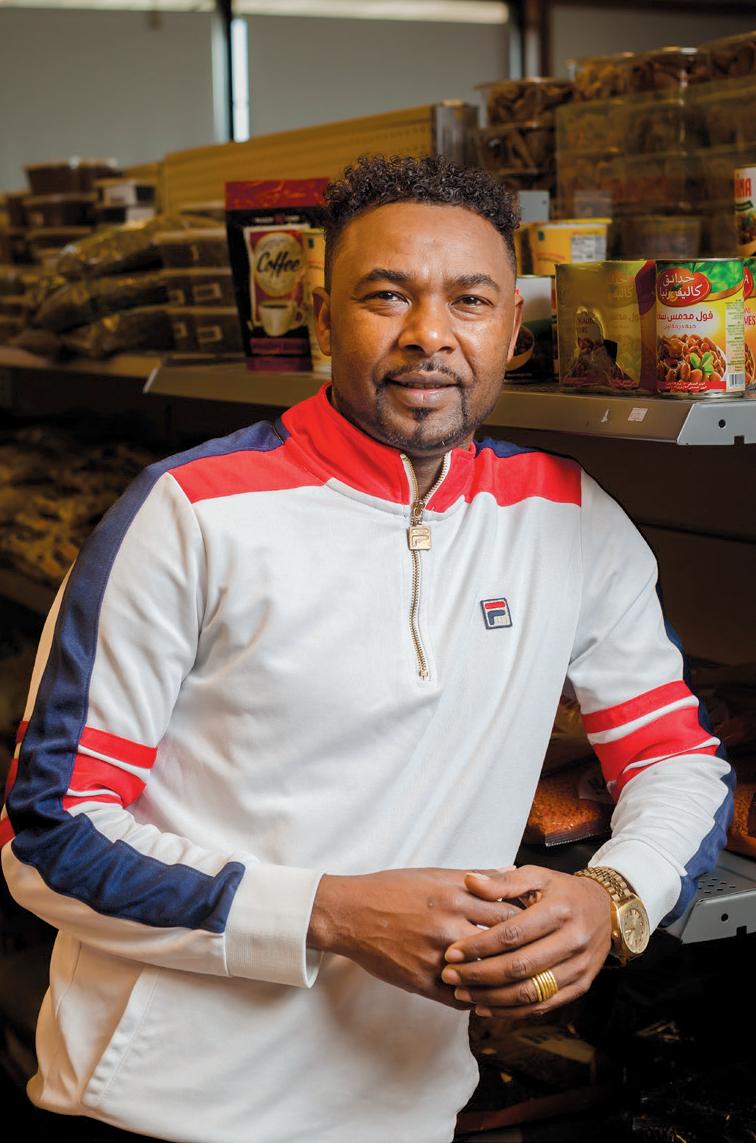
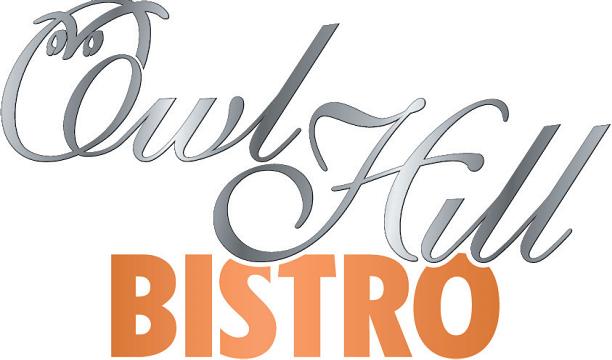

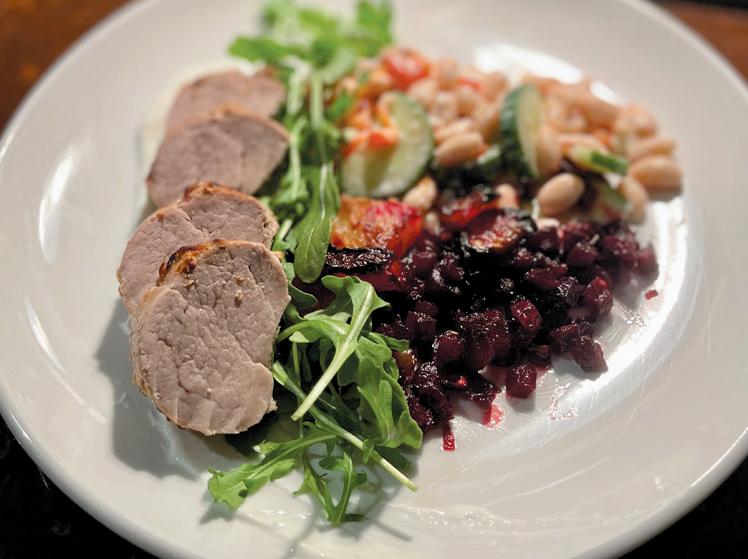
What countries’ cuisines are represented in the store?
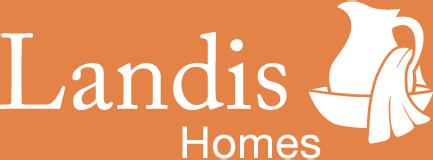
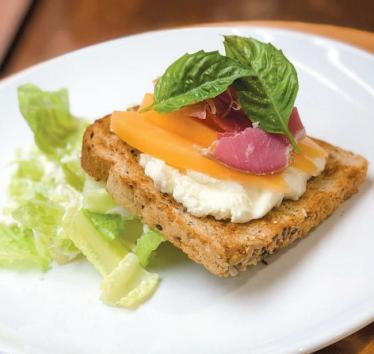
Ethiopia, Ghana, Nigerian, Uganda, Kenya, Congo and different parts of east and west Africa.
What do you like about running the store?
“There is no African store here in Lancaster city ... and there is a huge amount of immigrant population in Lancaster,” Chafo says “For a lot of the west Africans, they don’t get their products, so when I opened this, what I like is serving people.” He says it has been important to him to provide products for “Africans, or people who at some point visited Africa or did missionary work (there), who, when they came back, couldn’t find ingredients to make” the dishes they loved there. After opening the store, Chafo recalls, a physician came in who had been in Africa in the 1970s “He thought he had to go to Washington to get Ethiopian food,” Chafo says, and was happy to have found Ethio in Lancaster.
“And also introducing healthy organic food to the community, and providing healthy food,” Chafo adds. “Most of my products are organic.
“People drive from Allentown, people drive from Harrisburg, York” to shop at the store, he says
“Some of them are shipped, and some I have to get from Washington, D.C. ,” Chafo says “For some there is a big distributor” who brings them to the store.
Chafo says he sells a lot of flour made from the teff grain, a high-protein, high-fiber grain that is unique to Ethiopia, along with injera, a soft bread made from teff flour and water. “If you go to an Ethiopian restaurant, you’ll see it,” Chafo says It’s the bread that’s used to scoop up other items served on an Ethiopian dinner plate
Other items include spiced, purified butter; fresh-cut local beef; spiced chickpea flour, which you can use to make stew; fresh yams from Ghana; jute, cassava and sweet potato leaf; kinnie fish (a saltwater fish) and kuta fish (a smoked fish popular in Nigerian cuisine); bags of fufu mix (to make an African dish made with starchy vegetables); kenkey, a Ghanaian corn dish; and Ethiopian coffee. There’s also beso, which is a powdered roasted barley. “This, basically, people use as a protein shake,” Chafo says “You put the powder in warm water with one or two spoons of honey in a jar and shake it It’s a pure, organic barley. “We also have spiced roasted barley. You eat it as a snack,” he says “People normally use it for a dietary (aid). When you eat this one, you drink a lot of water and you don’t get hungry.”
Do you have a favorite Ethiopian dish?
“Doro wat. It’s chicken stew. And spiced chickpea flour stew; that’s very easy to make. You can make it in five minutes.”
A special aisle to check out: The shelves of decorative Ethiopian cookware and serving dishes.
When Penn State Health Lancaster Medical Center opened its doors to patients in October 2022, heart care in the county grew exponentially. With the easily accessible, expertly staffed Emergency Department and the new cardiology practice in the attached outpatient services building, Lancaster Medical Center provides comprehensive heart care from trusted providers, conveniently close to home.
“Heart failure happens when your heart can’t keep up with demand,” said Dr. Joy Cotton, a Penn State Health cardiovascular disease specialist providing noninvasive cardiology care at Lancaster Medical Center “There are two basic types: One where the heart doesn’t pump well enough, and another where the heart doesn’t relax well enough.”
Both types prevent the heart from adequately supplying the body’s cells with enough blood, making even light activities like walking and climbing stairs difficult.
Heart failure is a serious condition, and patients shouldn’t ignore warning signs like fatigue, shortness of breath and swelling in the lower extremities, Cotton notes. Though sometimes hereditary, heart failure is often associated with coronary artery disease, high blood pressure and a history of previous heart attacks.
“Millions of people develop heart failure, and the risk increases with age, ” Cotton said. “But it isn’t a death sentence. With treatment, most patients can control their symptoms and live longer, healthier lives.”
Patients in Lancaster with the most complex or severe cardiovascular conditions can take comfort knowing that because Cotton and her colleagues are part of Penn State Health, they
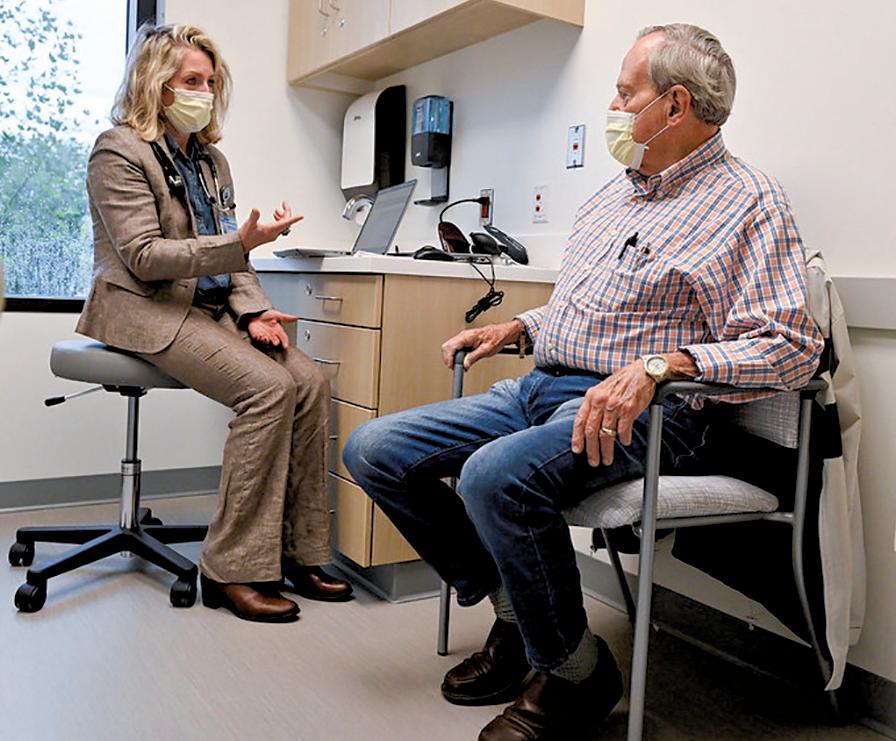
can consult with the advanced heart failure team at Penn State Heart and Vascular Institute in Hershey or transfer patients’ care there. The advanced heart failure team can treat heart disease from diagnosis to leading-edge clinical trials and, if necessary, heart transplants at Penn State Health Milton S. Hershey Medical Center. In 1985, Hershey Medical Center became one of the first hospitals in the country to implant an artificial heart. Its patient survival rates for heart transplant and left ventricular assisted device implant surgeries rank among the nation’s best.
“Managing heart failure is a lifelong commitment,” Cotton said. “But I love getting
to know patients like family and helping them extend their time with their loved ones.” While Penn State Health’s teams of cardiovascular specialists are able to support heart patients and walk them through the best options of care, simple heart-healthy habits like staying active, eating well, maintaining a healthy weight and avoiding smoking can help most people significantly reduce their risk of heart failure.
“Cardiology is my favorite part of medicine,” Cotton said. “Seeing patients respond to treatment is rewarding, and so is the satisfaction of helping them feel better and live longer That’s what matters most.”
Lancaster County residents can better prevent, recognize and get treatment for potential heart conditions now that they have closer and easier access to the world-class cardiology experts at Penn State Health.Dr. Joy Cotton, left, visits with a cardiology patient in the new outpatient services building at Penn State Health Lancaster Medical Center.
Whether you need treatment for a hear t condition or ju st want to keep your hear t healthy, you can trus t Penn St ate Health’s team of hear t and vascular expert s to listen to you and get right to the hear t of it
You’ll get comprehensive, compassionate hear t and vascular care tailored to you— right here in Central PA . And as a universityaf filiated health system connec ted to Penn State College of Medicine, you have access to innovative clinical trials that of fer the latest treatments and new hope.

Put your hear t health in the right hand s.


Come browse our solid quality recliners, sofas, and ac cess or y chairs.
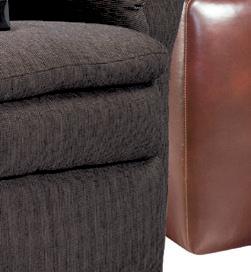






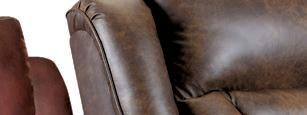








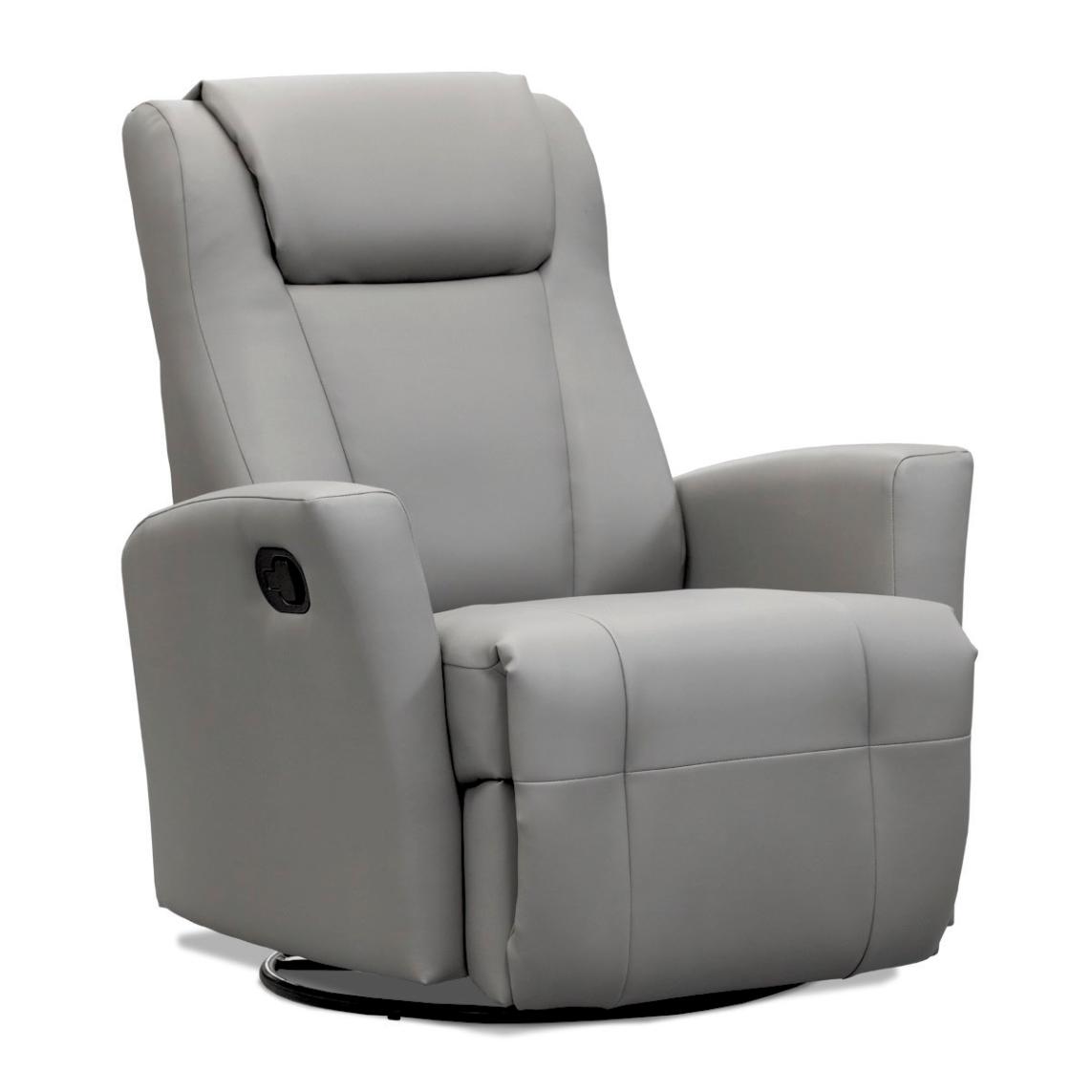



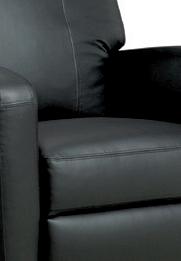

Browse the largest inventory of upholstered and locally handcrafted, solid hardwood furniture in the area at one location. Folks from far and near love the relaxing atmosphere. We’re here to help with designs, and custom building to your specifications. We deliver to many states and ship to the rest. Most items are available for immediate pick up or scheduled delivery. Come visit us... It’s worth the drive.
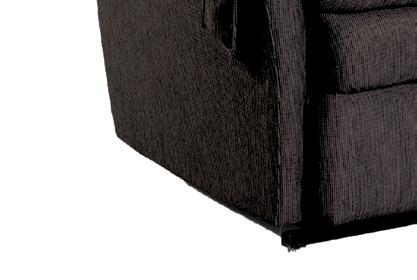



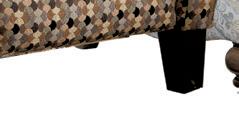







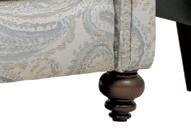
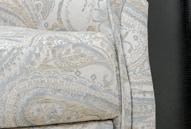



Most items in store are available for immediate pick up or scheduled delivery








